Introduction
The Sigma 85mm f/1.4 DG DN Art is one of many fast 85mm lenses for the system. Is this lens the cheaper and lighter alternative to the Sony GM 85mm f/1.4 we were hoping for?
Sample Images
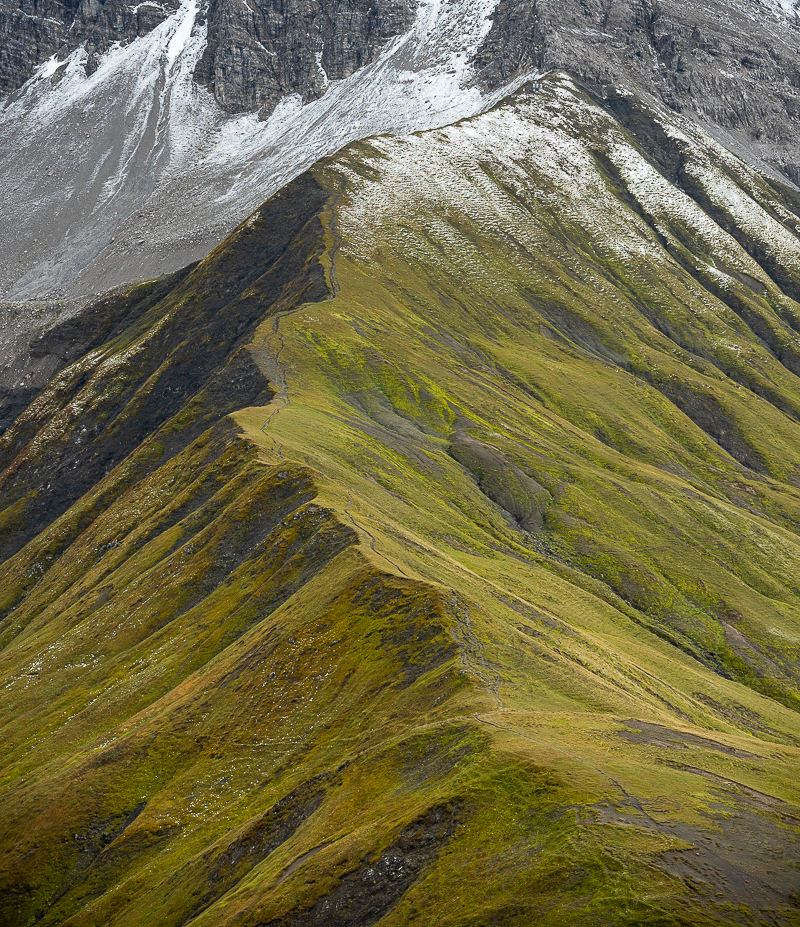
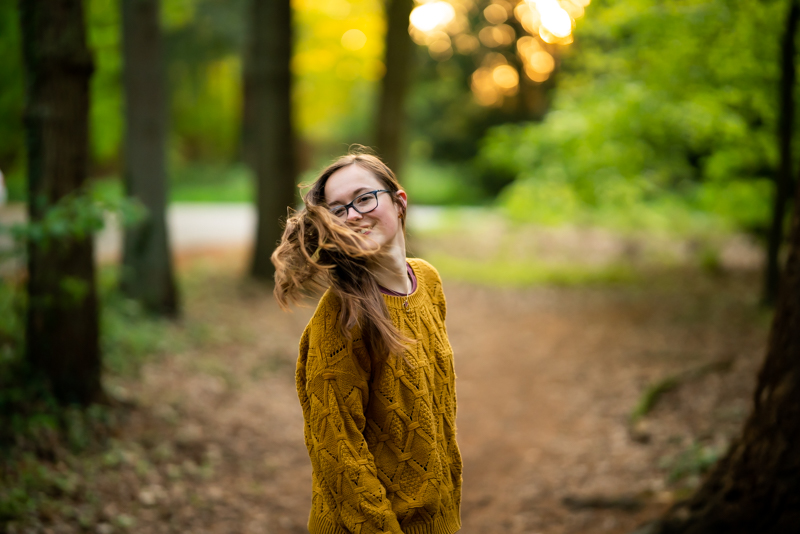


Contents
Specifications
The Sigma 85mm f/1.4 DG DN Art is the new lighter sibling of the famous and enormous Sigma 85mm f1.4 DG HSM Art. This new lens has the following specifications:
- Diameter: 82.8mm
- Length: 96.1mm
- Weight: 625g
- Filter diameter: 77mm
- Elements/groups: 15/11
- Field of view: 28.6゚ (diagonally)
- Number of aperture blades: 11 (rounded)
- Aperture: f/1.4-f/16
- Close focusing distance: 0.85m
- Maximum magnification ratio: 0.12x
- Mount: Sony FE
The Sigma 85mm f/1.4 DG DN Art can be found new for €1019/ $1049 and used for ~€800/$700 at ebay.de* | ebay.com*
*affiliate link
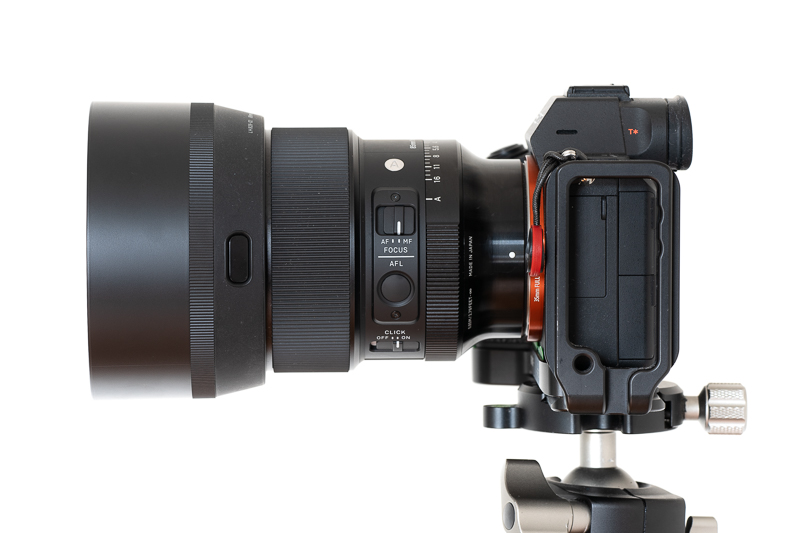
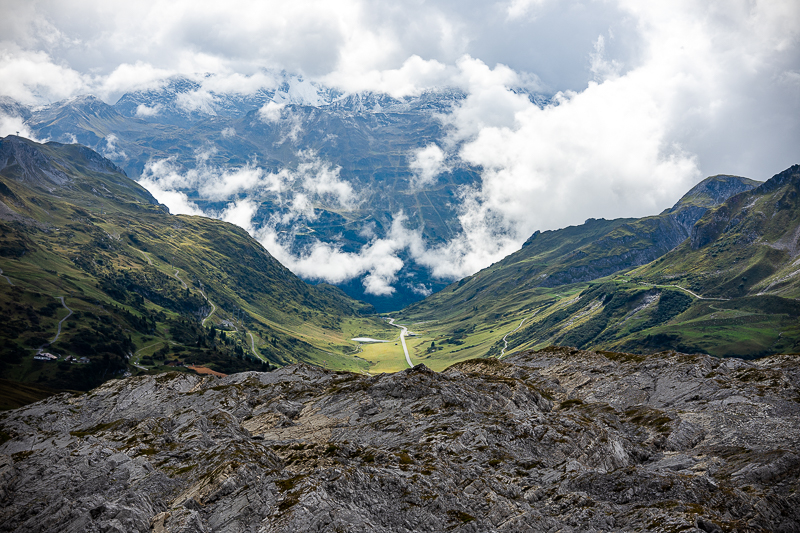
Build quality and handling
The Sigma 85mm f/1.4 DG DN Art is made from high quality plastics and features a brass lens mount. Around the lens mount a rubber gasket can be found, Sigma claims the lens to be dust and weather proof.
The lens comes with a rather large bayonet style lens hood which clicks solid into place. Unlike with the Sony GM lenses there is no felt on the inside to reduce reflections. I personally think the hood is way too big. The lens itself is rather small, but with the hood locked on it gets very large.
On the lens some buttons and switches can be found:
- AF/MF switch
- Focus hold button
- Click off/on switch
- Aperture lock switch
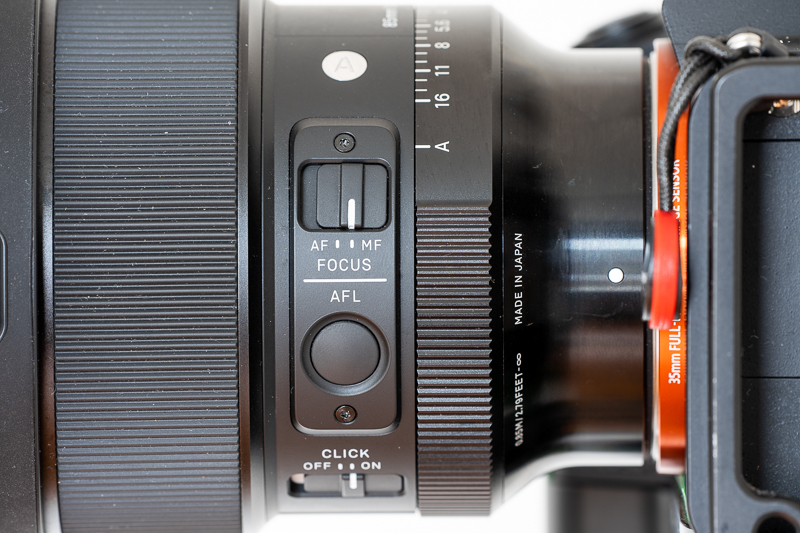
With the “Click off/on switch” you can switch the clicks of the aperture ring off which is a handy feature for video. With the aperture lock switch one can lock the aperture ring to A(utomatic) or block A depending on where the ring is set to at the moment you move the switch.
The aperture ring has nice distinctive click at every 1/3 stop. After f/16 there is a different click towards the A(utomatic) aperture mode which enables you to change the aperture with the camera.
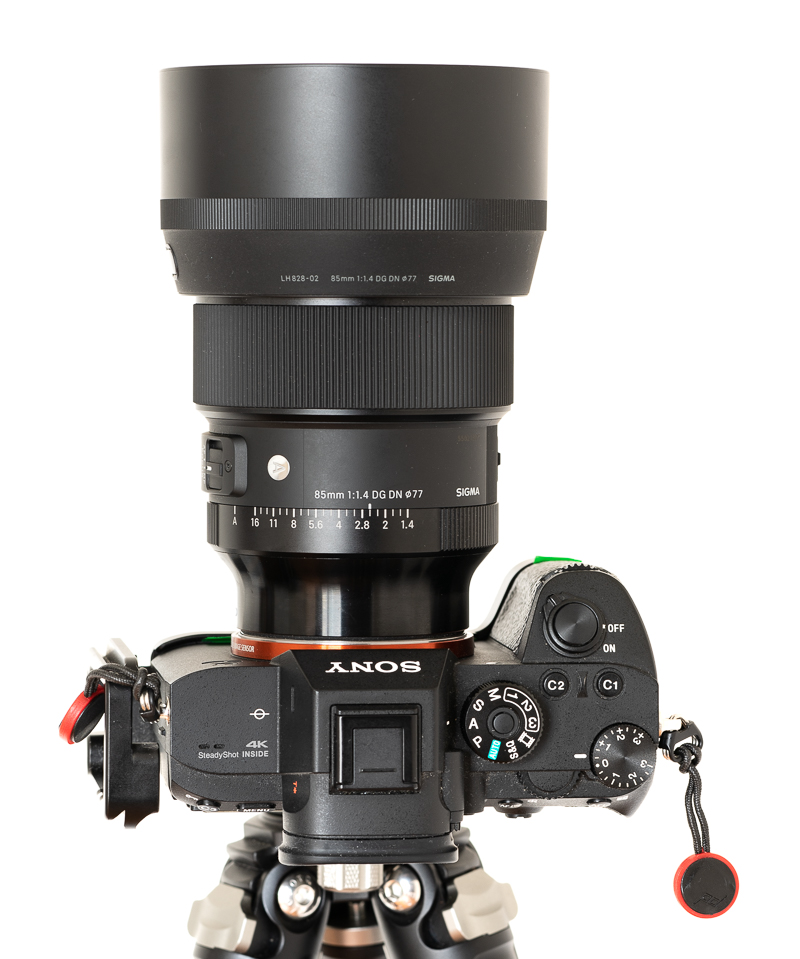
The focus ring has no direct coupling so manual focus is focus by wire. Resistance is fine and there is no delay when you turn the focus ring. Depending on the speed the focus ring is turned it takes 280 degrees or 1260 degrees to get to infinity from MFD. Because the focus throw is only 1260 degrees when you turn the ring very slowly it doesn’t bother me at all, sometimes it actually is pretty handy.
The lens balances well on my Sony a7RIII, although it’s not a light lens it is very light for what it is.
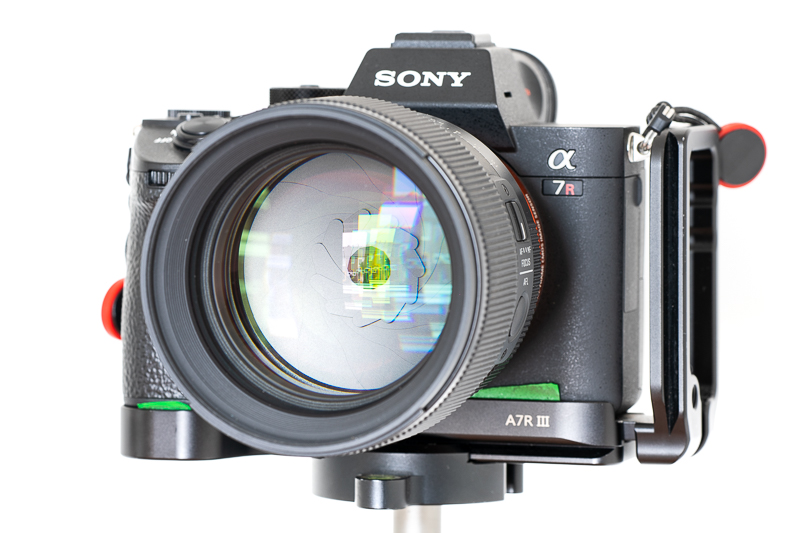
Autofocus performance
In general autofocus is fast and reliable. Eye AF works like a charm on my a7RIII. For portraiture I have absolutely no complaints.
Tracking of somewhat faster moving objects doesn’t work well unfortunately. I tried to use the lens for taking pictures of a dog running towards me but AF is simply not fast enough, at least on my A7RIII, resulting in a lot of back focused images.
Vignetting
Light falloff
Wide open vignetting is about 2.3 EV which is a little bit more than the 1.4/85 GM. Stopped down, vignetting is still a little over 1 EV in the extreme corners, some other 85mm lenses like the 1.4/85 GM have less vignetting stopped down.
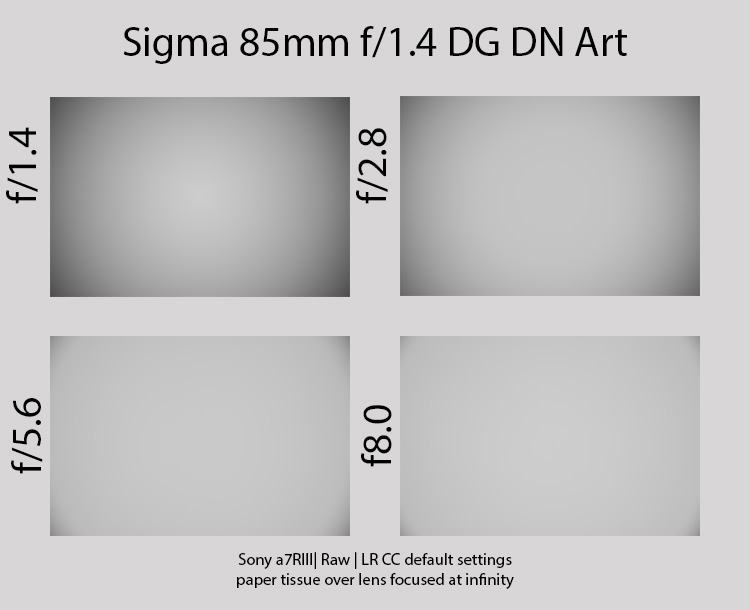
| f/1.4 | 2.3 EV |
| f/1.6 | 1.9 EV |
| f/1.8 | 1.7 EV |
| f/2.0 | 1.6 EV |
| f/2.8 | 1.5 EV |
| f/5.6 | 1.2 EV |
| f/8.0 | 1.1 EV |
| f/11.0 | 1 EV |

Optical vignetting
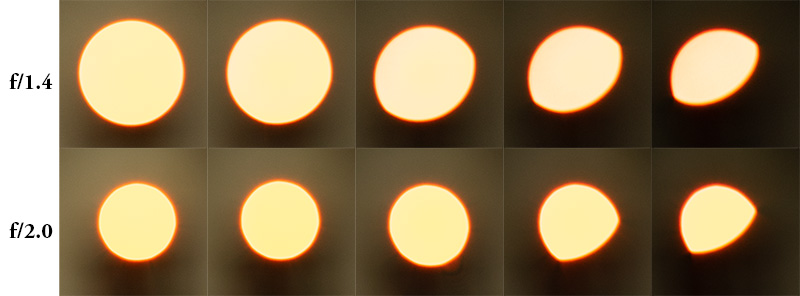
Focused at 110cm from camera, light source at 220cm from camera.
The Sigma 85mm f/1.4 DG DN Art shows some optical vignetting, but does a better job than most of the competition. The Sony 85mm f/1.4 GM does a better job here though.
Sharpness
Infinity
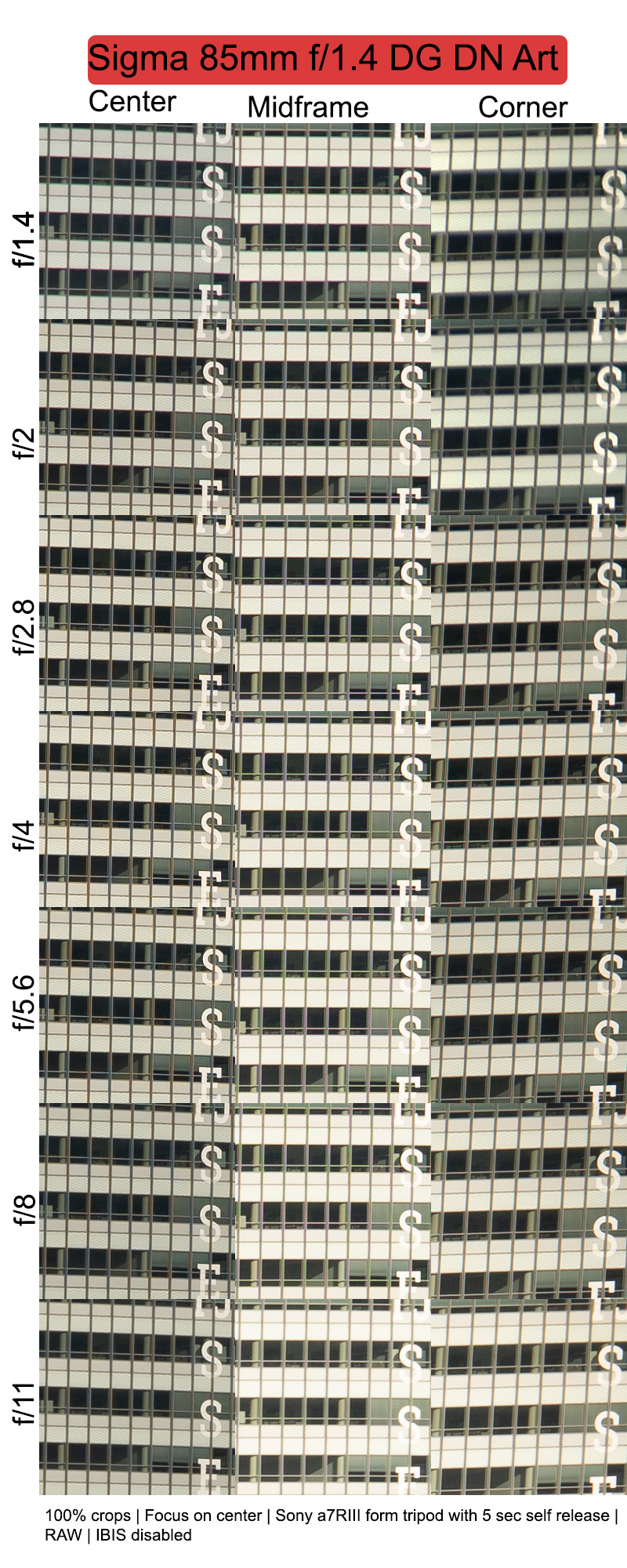
Wide open, the center and midframe already look very good to excellent. The corners are a little bit softer wide open, but still very usable. At f/2 contrast is a bit higher and the corners look very good now. The corners improve a bit further at f/2.8. Peak performance is reached at f/4-5.6. When stopping down further diffraction becomes visible.
The performance at infinity is very good from wide open, so I would not hesitate to use the lens wide open when needed. At f/4 the lens peaks and the performance is outstanding all the way into the corners.
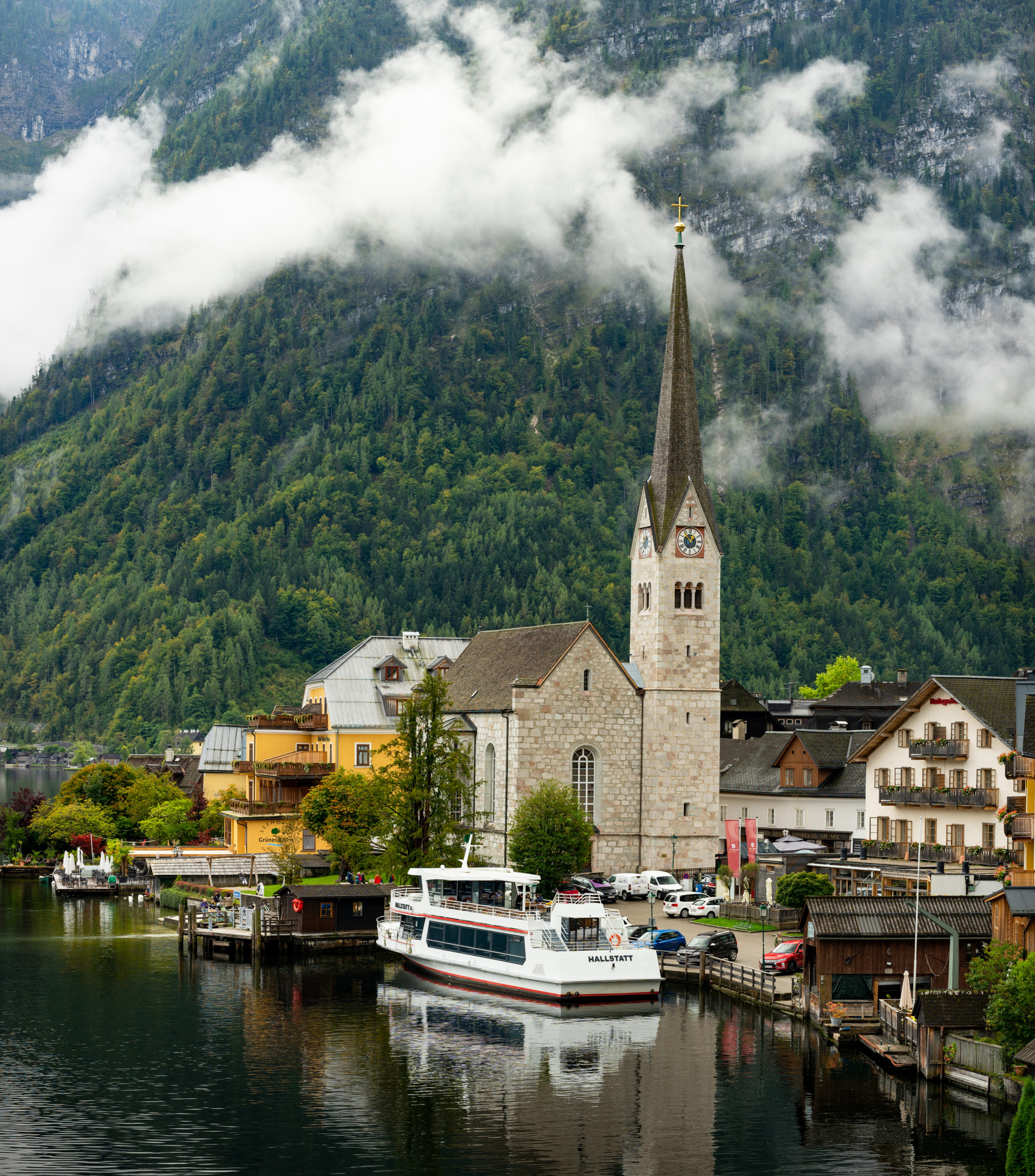

Portrait distance
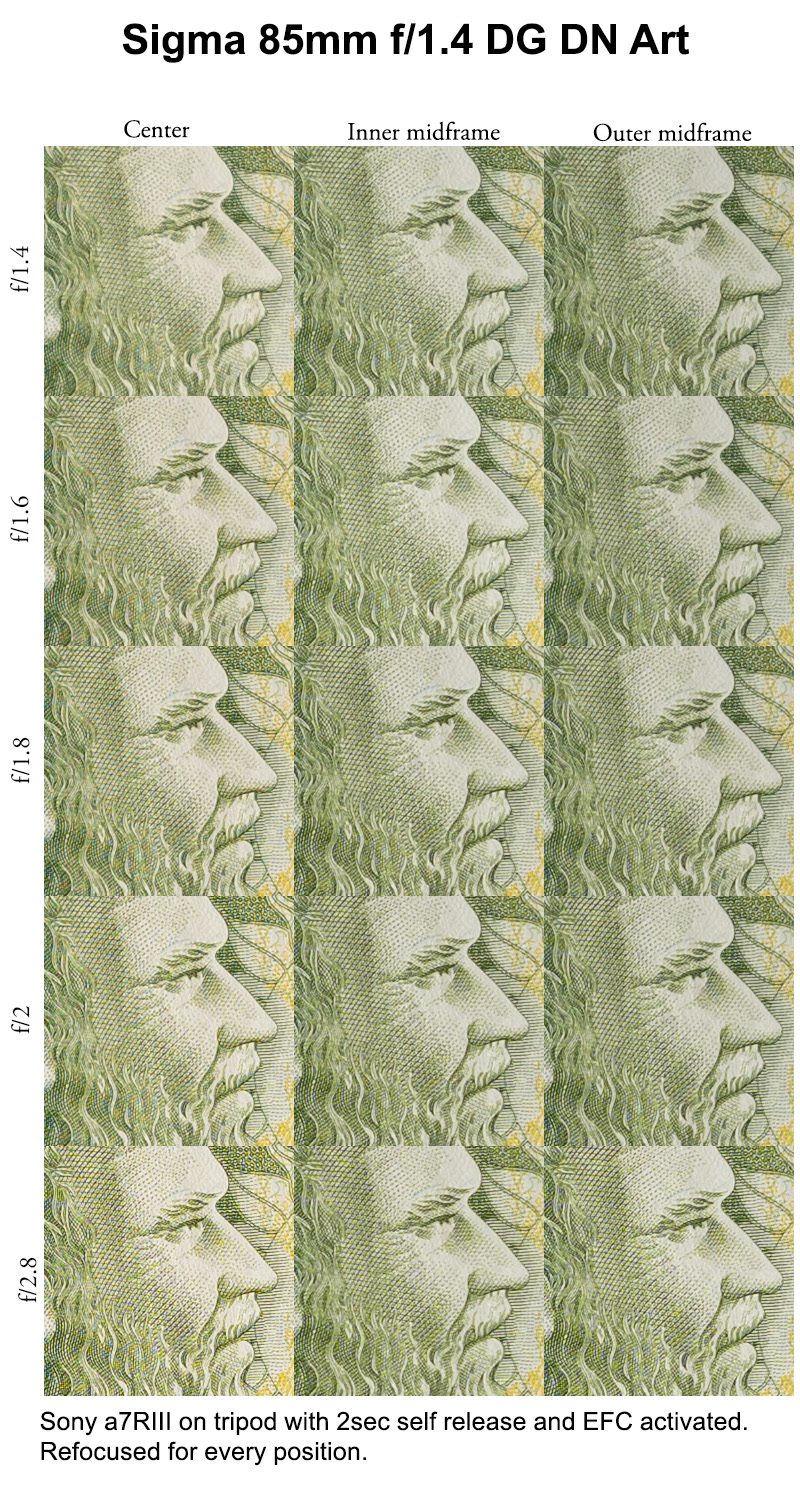
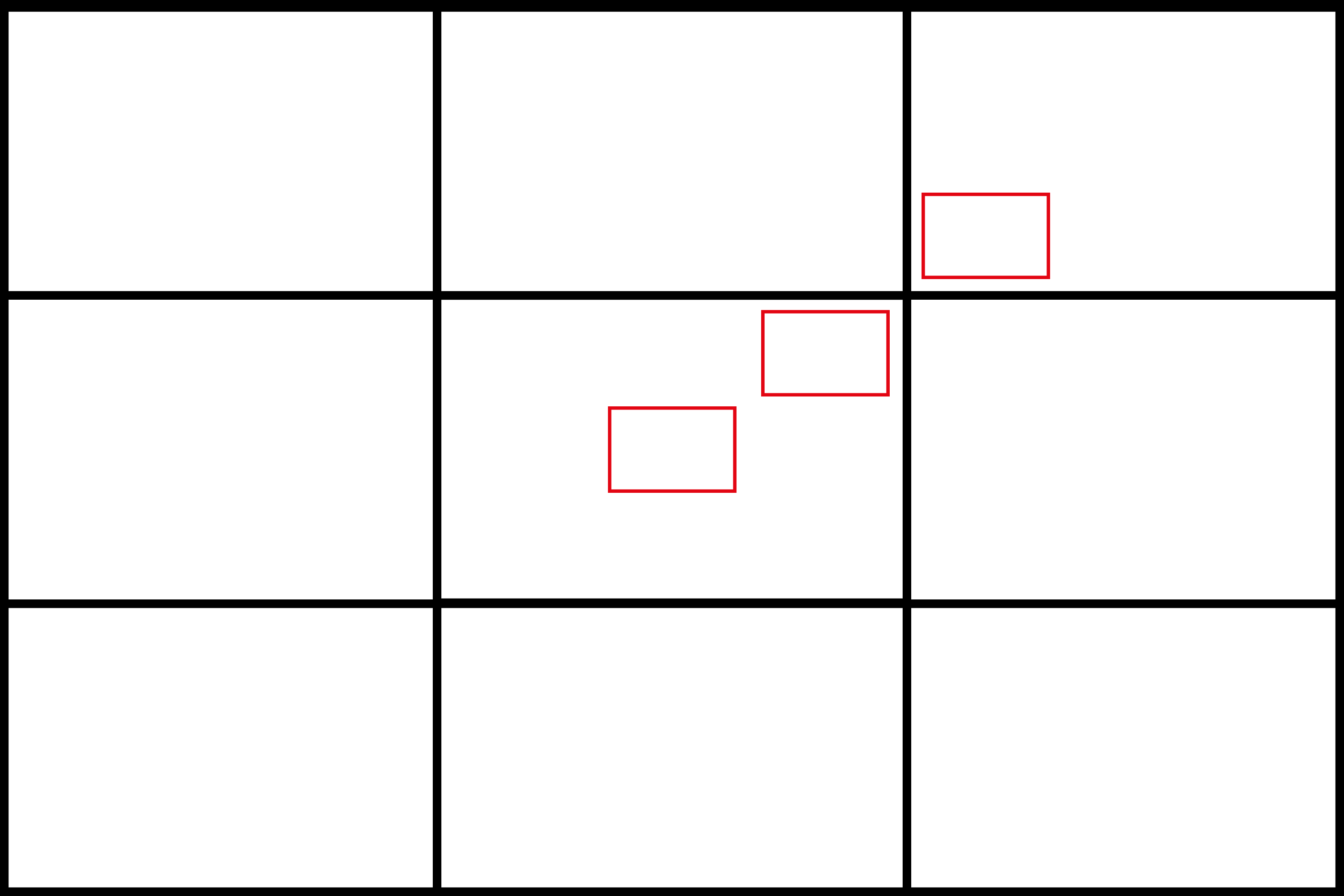
Sharpness is outstanding everywhere in the frame from wide open, a very impressive performance!
Bokeh
The bokeh of this lens is very well behaved and seldom distracting. It doesn’t have the undercorrected SA look of the GM 1.4/85, but still the bokeh of the Sigma 85mm f/1.4 DG DN Art is very smooth
The lens is incredibly well correct for bokeh fringing I haven’t seen such a good performance in any lens I’ve tested so far.

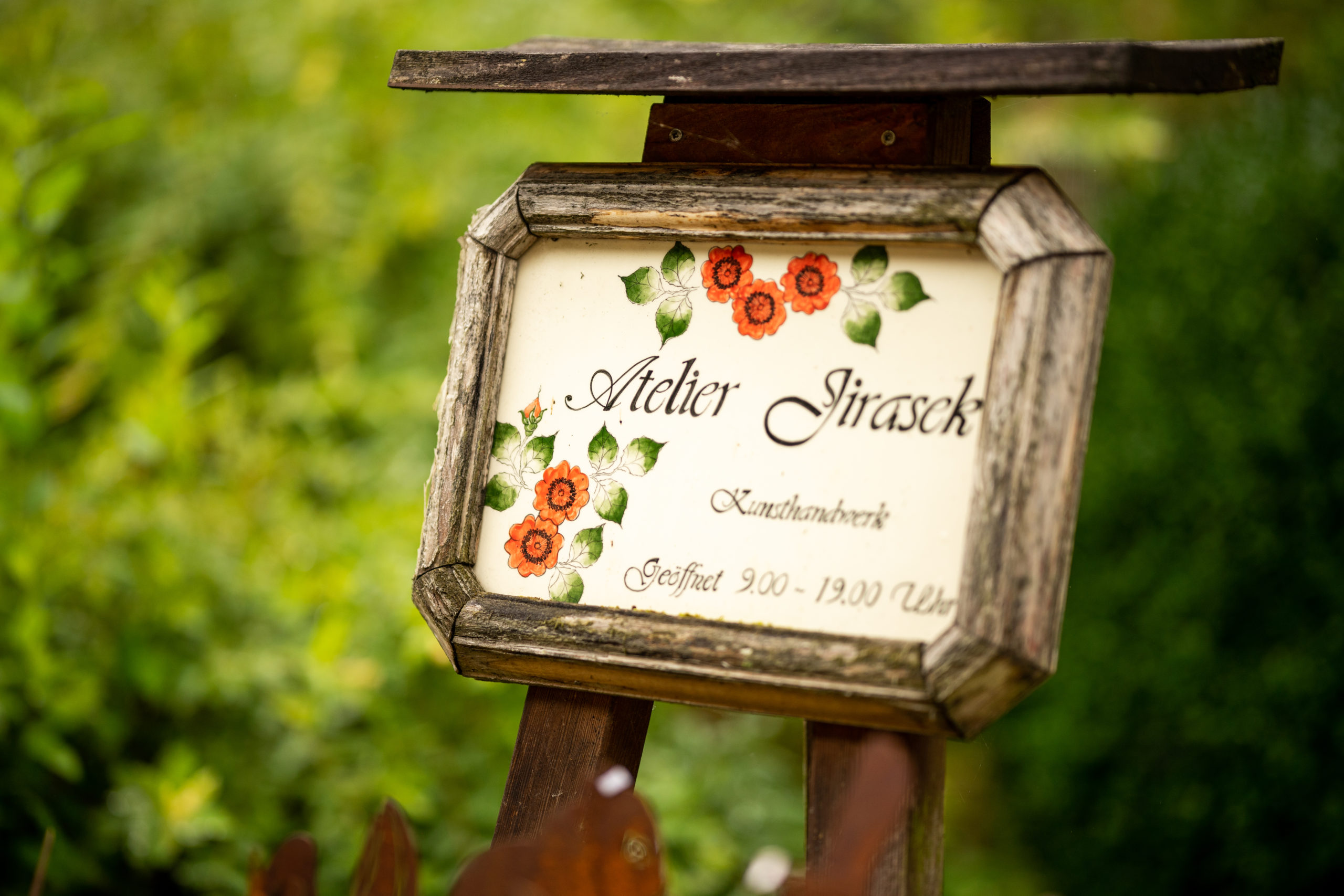
Close distance
In close up scenarios bokeh is very smooth, the background just melts away.
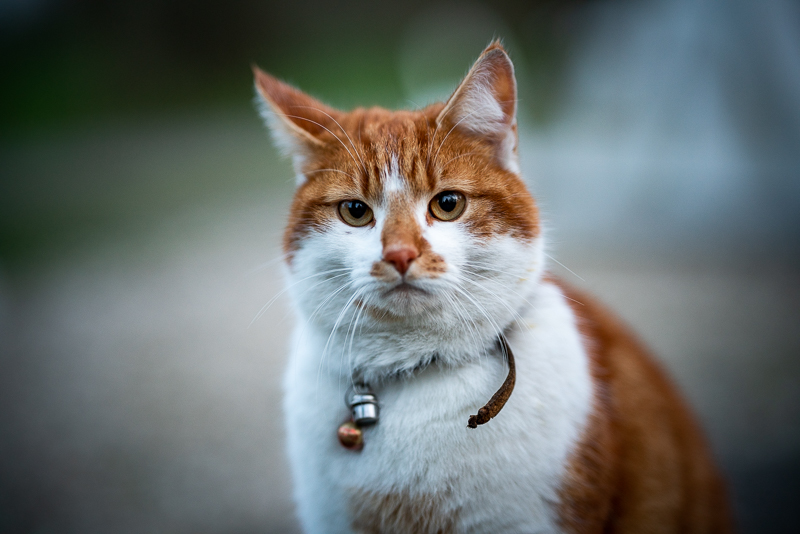
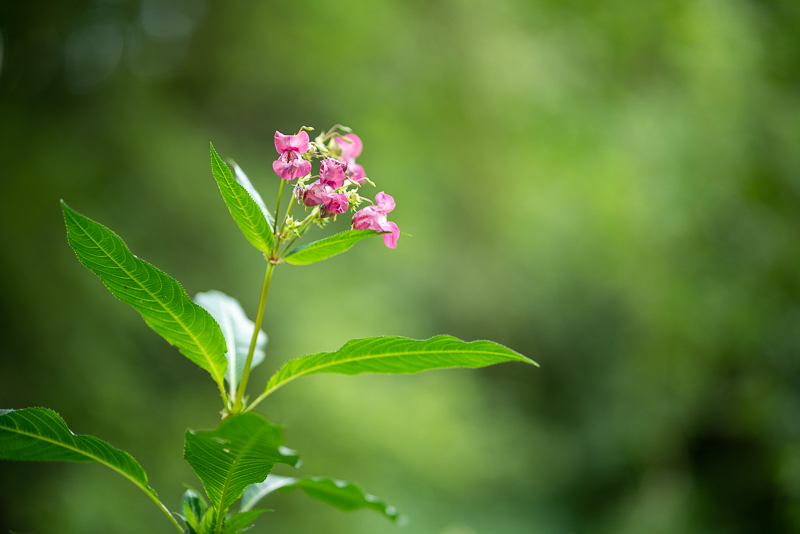

Medium distance
At medium distances bokeh looks still very good. Towards the corners cat’s eyes are visible but rarely distracting.


Long distance
At longer distances the background can get a bit more structured due to the lack of SA. The Sony 1.4/85 GM will probably look a bit better here. I never found the bokeh really distracting or ruining an image.
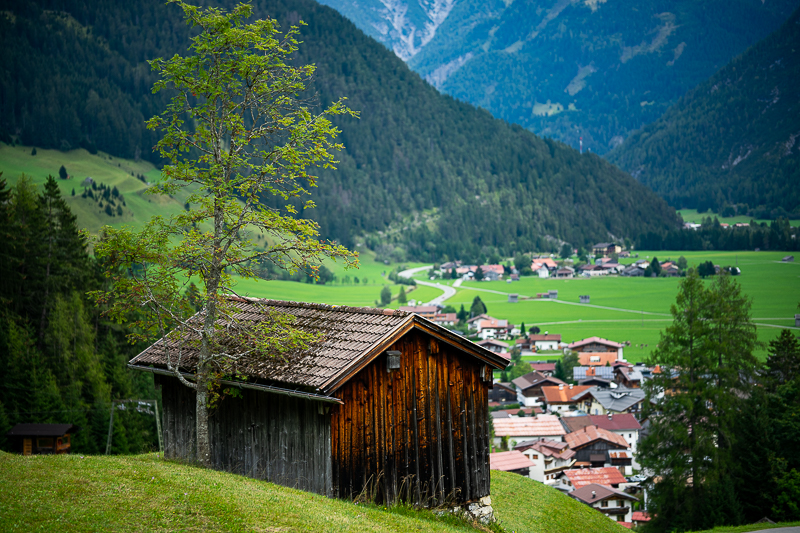
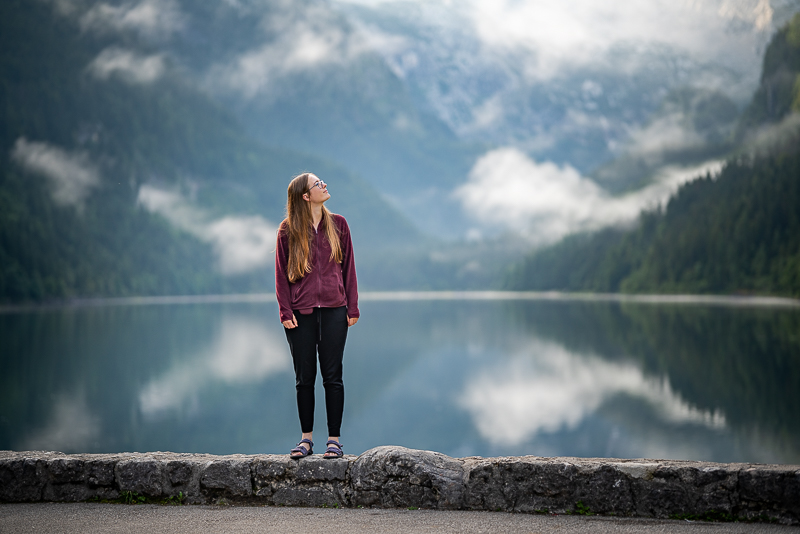
In comparison to Viltrox 1.8/85
The Viltrox was my 85mm lens before I bought the Sigma, and I really like it’s bokeh. Compared to the Sigma the Viltrox is clearly plagued by bokeh fringing, which is absent in the Sigma crops. Furthermore the Viltrox has a much warmer rendering. The Sigma has slightly less optical vignetting at f/1.8 and does better in the transition zone as well.
Distortion
The Sigma 85mm f/1.4 suffers from a high amount of complex pincushion distortion, a trade off it shares with the Viltrox 1.8/85. The Lightroom profile does a good job in most cases, but for architecture shots with many straight lines I would rather not use tise lens. Sharpness stays at a very high level after correction as well.
In practice I only took a few pictures where I felt the need to correct the distortion.
Chromatic aberrations
Longitudinal CA and purple fringing
The Sigma 85mm f/1.4 t is very well corrected for LoCA, in very demanding situations you can spot a little bit LoCA, but this is not something to worry about.
Bokeh fringing is very well corrected as well, this is the worst I have encountered so far.

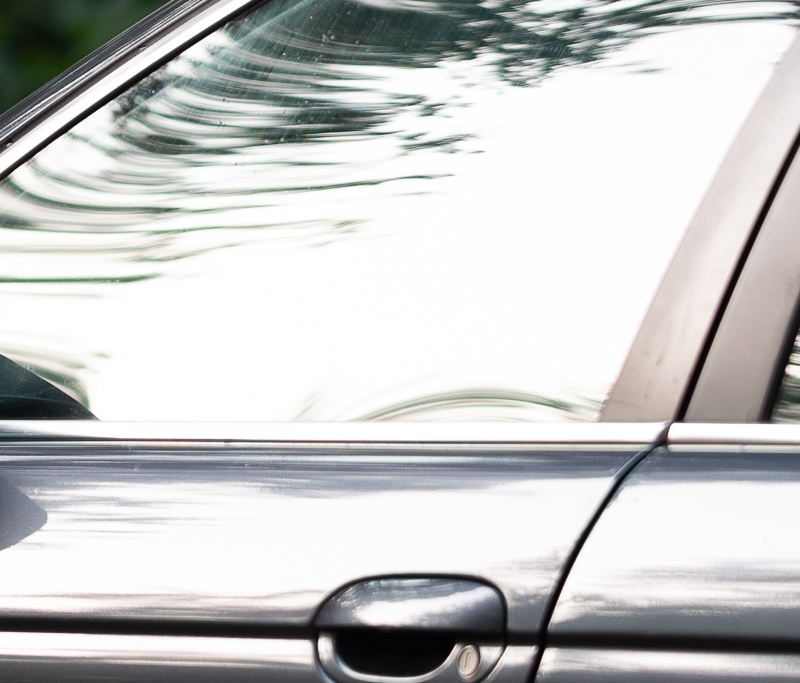
Even in a very difficult situation like in the example below there is barely any fringing visible wide open.

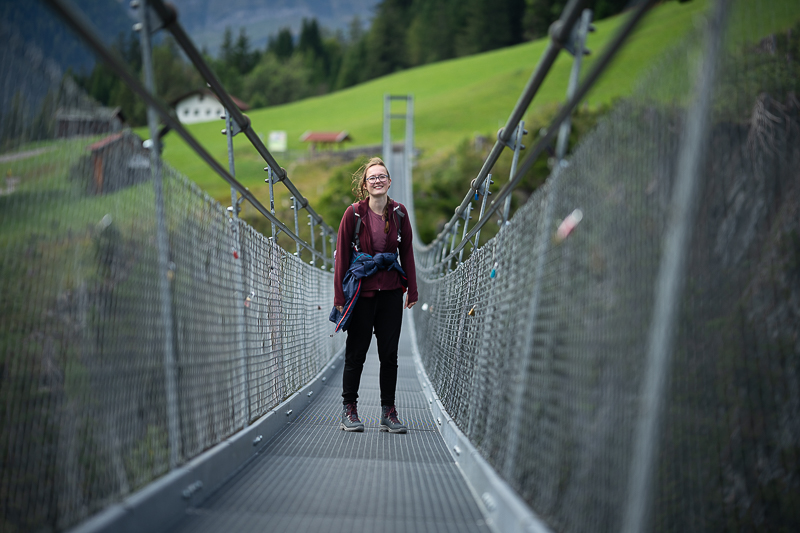
Lateral CA
The Sigma 85mm f/1.4 DG DN Art is very well corrected for LaCA as well, only traces can be found in some situations.
Corrected <–> uncorrected


Flare resistance
Flare resistance of the Sigma 85mm f/1.4 isn’t great which is unfortunately not uncommon with fast tele lenses.
Veiling flare
With the sun just outside the frame in one of the corners veiling flare can be a problem. Shading with my hand helped in many cases though, like in the example below (f/8).

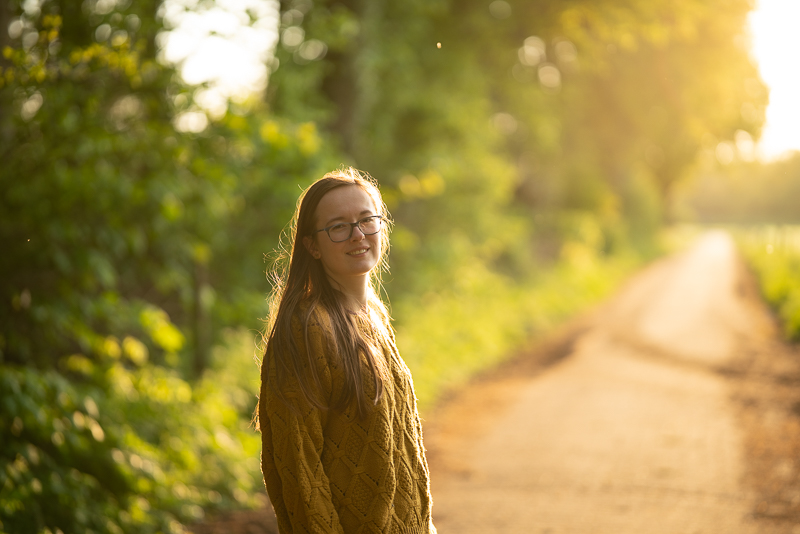
Wide open with the sun in the corner just outside the frame one can catch a rainbow artefact which disappears already at f/1.6.

Ghosting
If you push the lens and put the sun in the corner or midframe you can get strong green ghosts in the corner opposite to the sun. Ghosting seems to be worst with the sun in the midframe.
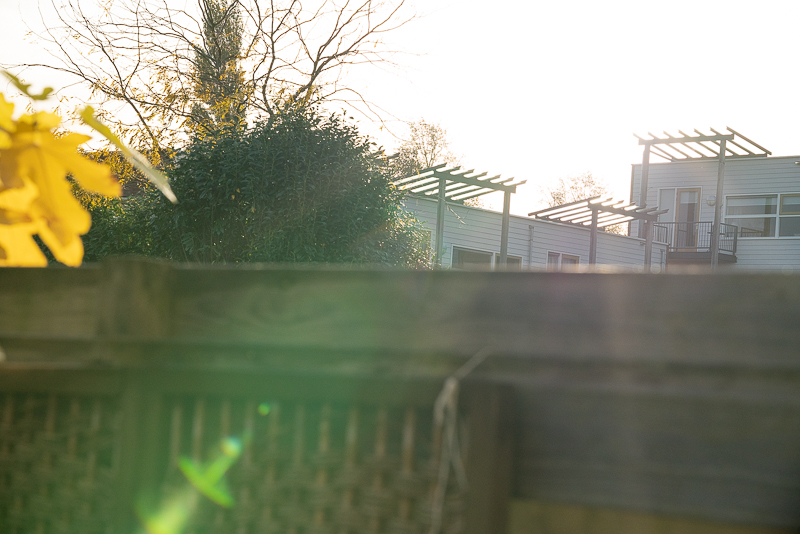
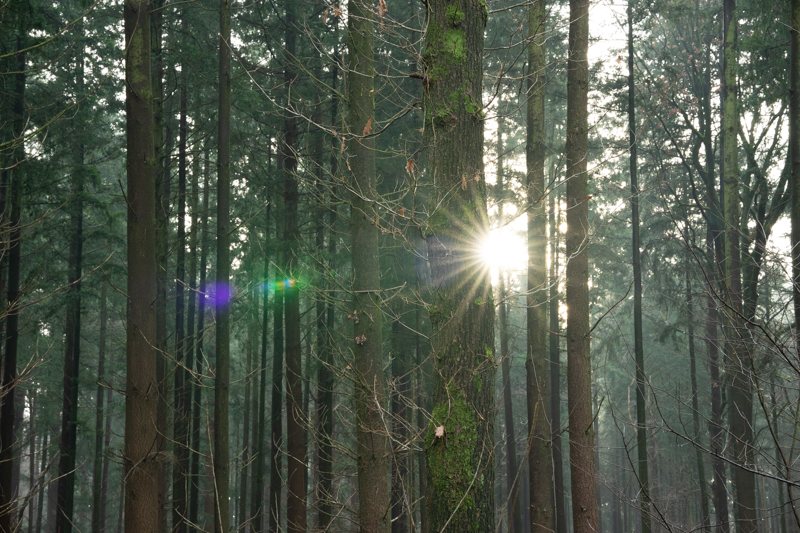
In the field the flare resistance barely bothered me though, with the sun more in the center ghosting is less of an issue.
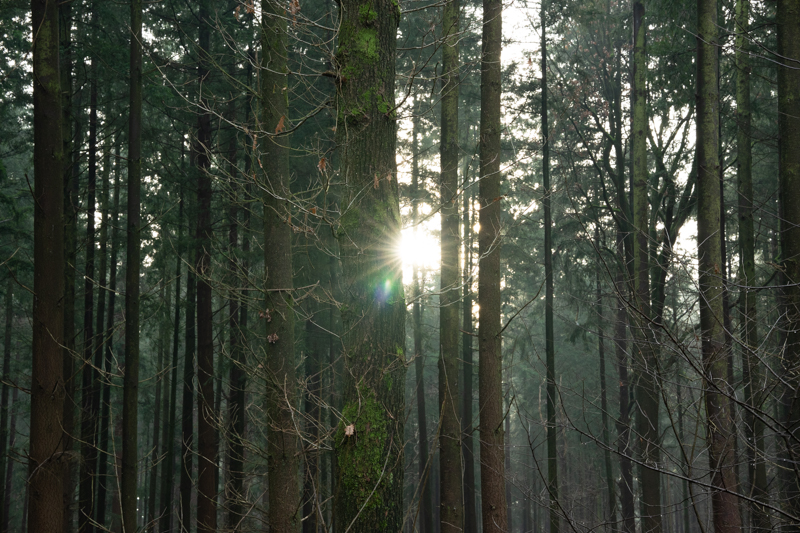
Sunstars
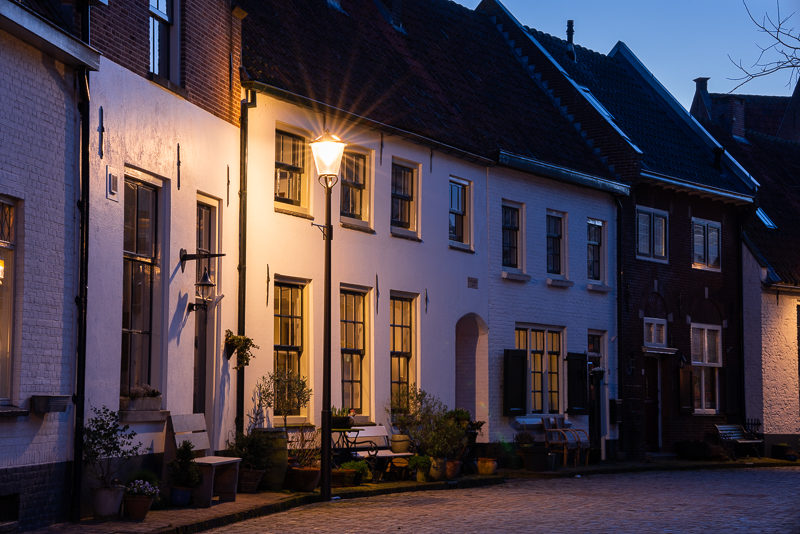
Sunstars have never been high on Sigma’s priority list and the Sigma 85mm f/1.4 is no exception. The eleven not perfectly aligned aperture blades result in rather fuzzy sunstars with 22 rays. This is a portrait lens though, so complaining about sunstars is a bit unfair.
Coma
Coma correction is pretty good. Wide open there is some coma visible, already at f/2.8 it is almost invisible. For milky way panorama stuff I would recommend to stop the lens down a little bit to reduce vignetting and getting a more even exposure across frame.
Coma at f/1.4, upper right corner:


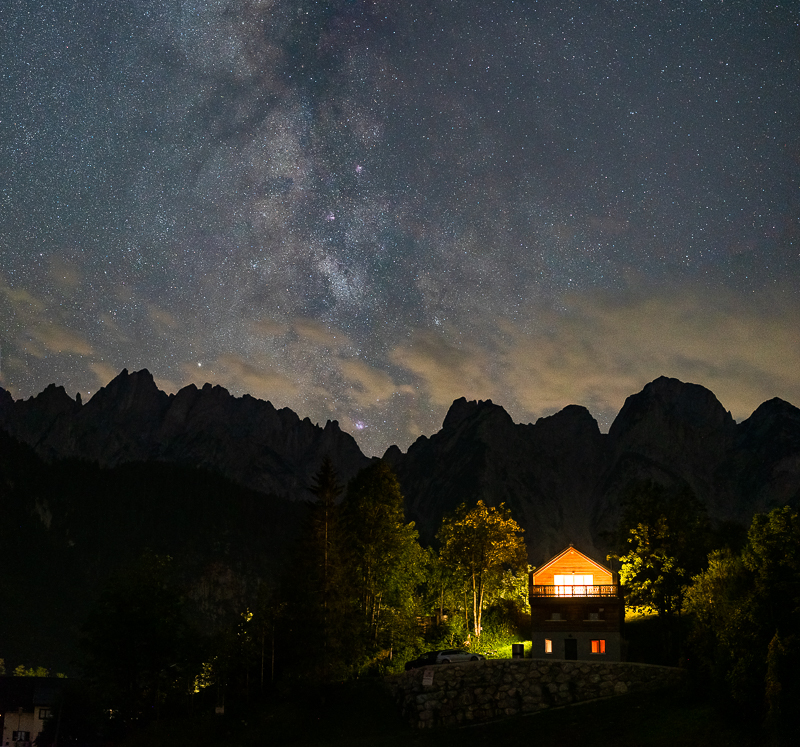
Alternatives
Sony 85mm f/1.4 GM
The Sony 85mm f/1.4 GM might be the most obvious alternative. It is significantly heavier than the Sigma 85mm f/1.4 DG DN Art and quite a bit more expensive.
However the Sony has even nicer bokeh to my taste, with some undercorrected SA and less optical vignetting. In terms of sharpness the two lenses are very equal near infinity, at closer distances the Sigma seems to be a bit sharper. The Sigma seems to have an edge regarding AF speed, but I did not have the chance to compare them myself. The Sony seems to be significantly more flare resistant though.
To decide between the two you should decide whether the higher weight and higher price are worth the difference in bokeh rendering.
Sony 85mm f/1.8 FE
Both lenses are pretty equal in terms of sharpness. I think the Sigma 85mm f/1.4 DG DN Art has nicer bokeh though. It also is much better corrected for LoCA and purple fringing than the Sony 85mm f/1.8 FE which suffers from serious purple fringing. Furthermore the bokeh of the Sony 1.8/85 shows a lot of bokeh fringing as well which is totally absent with the Sigma.
However when you are in the market for a 85 mm lens with very fast AF this will be the better option.
Sigma 85mm f/1.4 Art
Very sharp, very huge and very heavy. Now that we have the Sigma 85mm f/1.4 DG DN Art I see little reason to go for this one anymore.
Samyang 85mm f/1.4 AF
I haven’t used this lens myself but many seem to like the bokeh of this lens. You might want have a look at this thread at Fredmiranda. The Samyang is even a little bit lighter than this Sigma.
We had our fair share of bad luck with Samyang lenses in the past. Therefore I would recommend to test the centering of the lens before buying it, or buy at places with a good return policy.
Viltrox 85mm f/1.8 FE (both versions)
I own the first iteration of this lens and have shortly used the second version. The first version was plagued by serious AF issues which seemed to be less of an issue with the second version. Bokeh is very good though as is sharpness. A serious option in case your budget is tight.
In our guide to the best 85-135mm portrait lenses you can find a lot more portrait lenses, native and adapted.
Conclusion
| Good | Average | Not good |
| Sharpness and contrast | Flare resistance | Strong pincushion distortion |
| AF for static and slow moving subjects | Vignetting | AF for (fast) moving subjects |
| Bokeh | Lens hood | |
| Build quality | Sunstars | |
| Size/weight (except lens hood) | ||
| CA correction |
Sigma managed to design a very high resolution 1.4/85 with a very nice rendering in a surprisingly compact package. The table above makes clear that there is very little to complain about.
The strong pincushion distortion is the biggest drawback, but only a real issue for architecture photography. For portraits and landscapes usually didn’t feel the need to correct it at all.
For tracking fast moving objects the Sigma 85mm f/1.4 proved to be quite useless on my a7rIII. It could not keep up with a running dog.
Besides these points there are only positive things to notice like the almost APO like correction of chromatic aberrations, very nice bokeh and outstanding sharpness. Due to the limited size and weight the Sigma 85mm f/1.4 DG DN Art is not a specialty lens of which you think twice before bringing it, but a fast portrait lens that easily finds its way into your bag.
So who is this lens for? In case you are looking for a fast and relatively compact 85mm lens for portraits and landscapes this is your lens.
The Sigma 85mm f/1.4 DG DN Art replaced the Viltrox 1.8/85 in my camera bag. The Sigma traveled with me through the alps and always finds its way into my camera bag whenever I go outside.
The Sigma 85mm f/1.4 DG DN Art can be found new for €1019/ $1049 and used for ~€800/$700 at ebay.de* | ebay.com*
*affiliate link
Some high resolution samples can be found here.
Samples
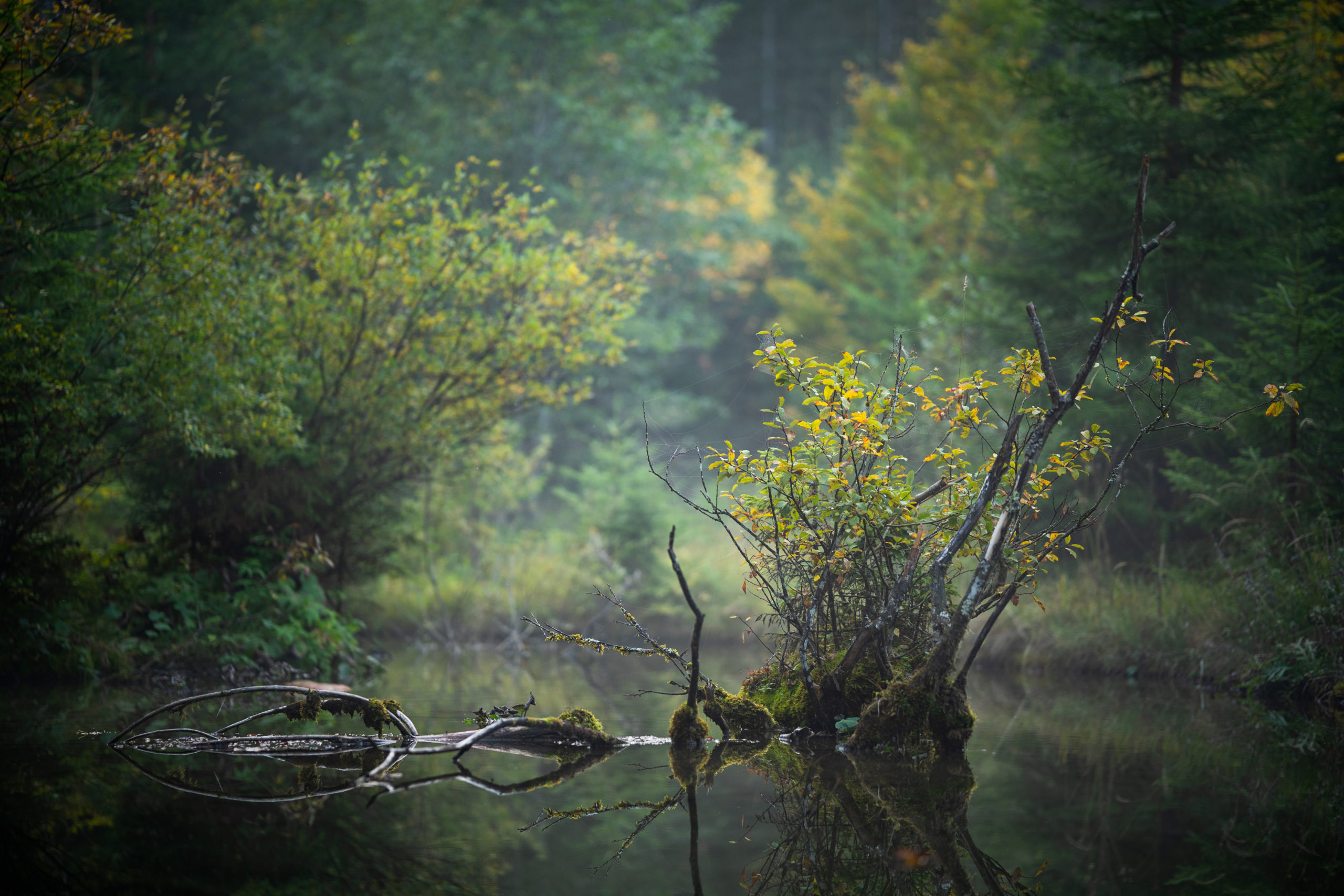
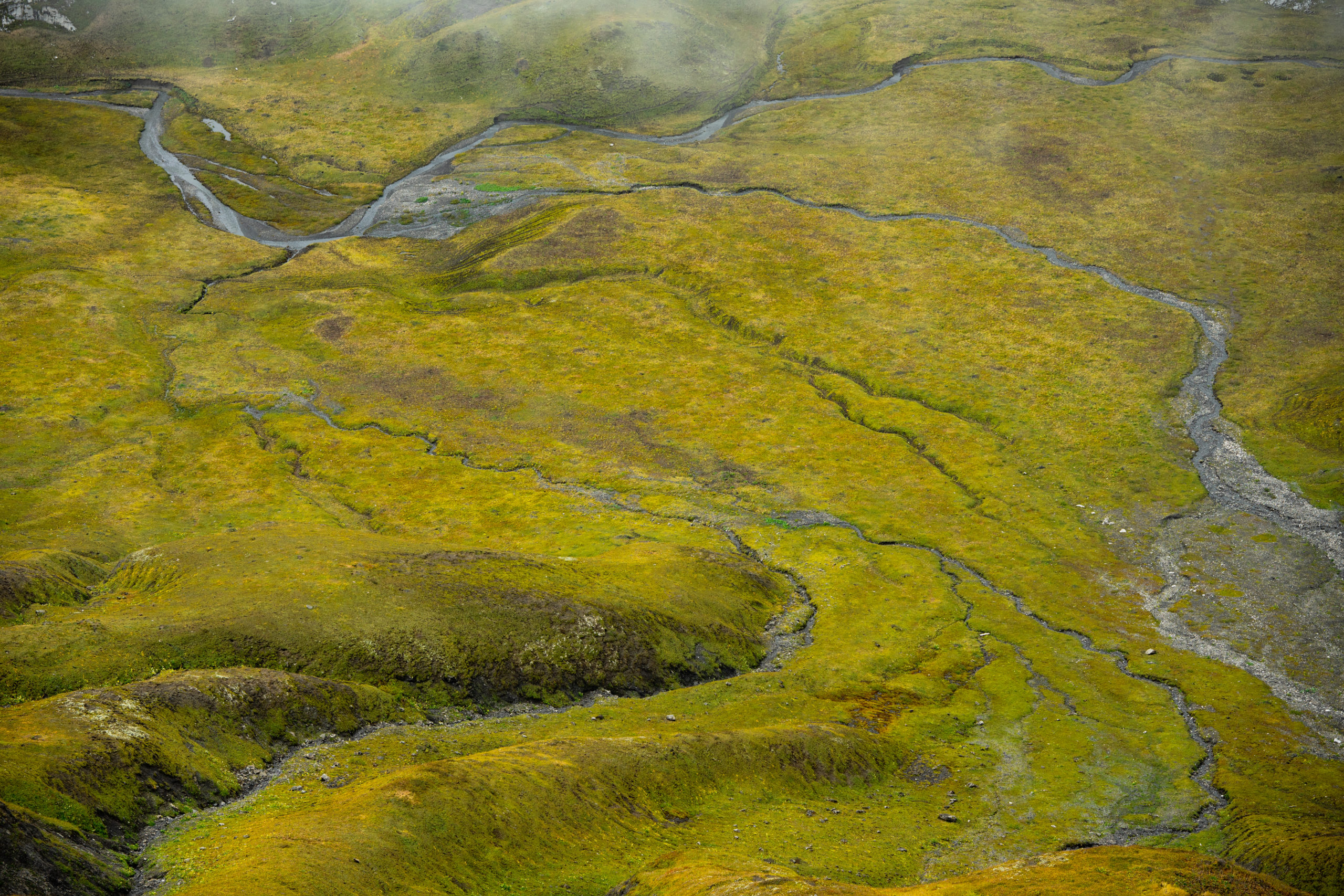
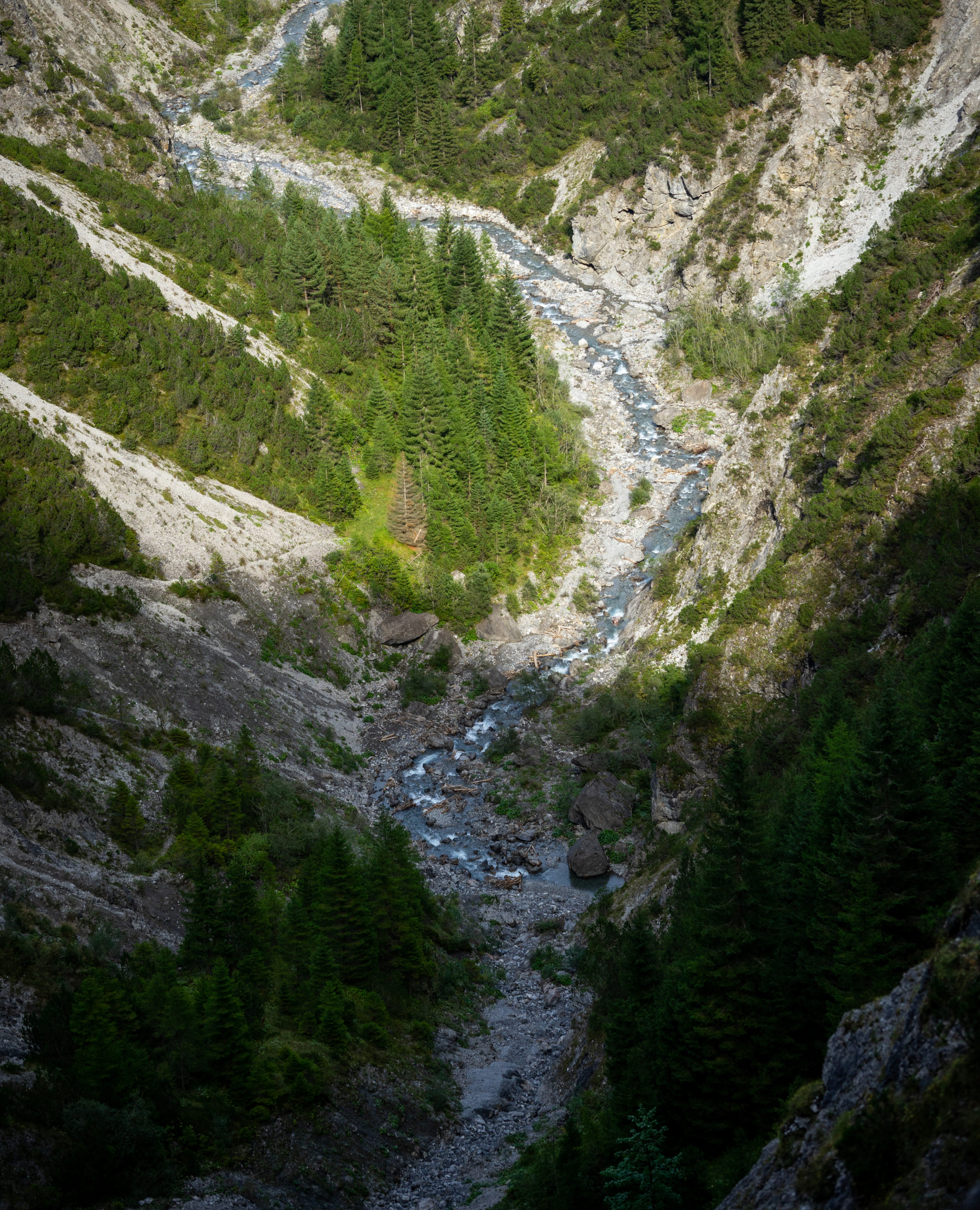
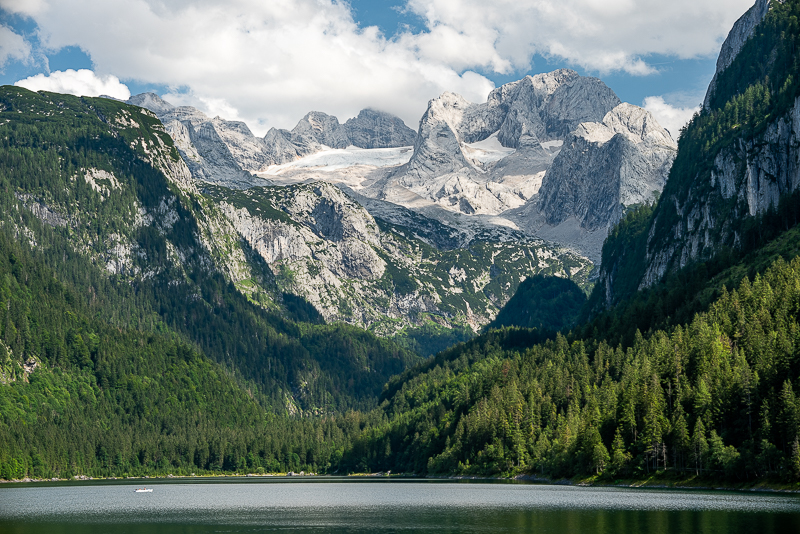
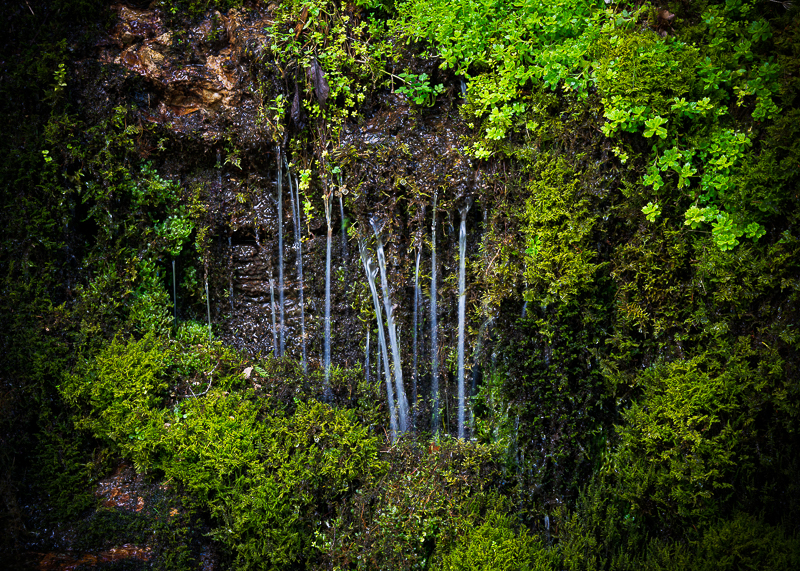
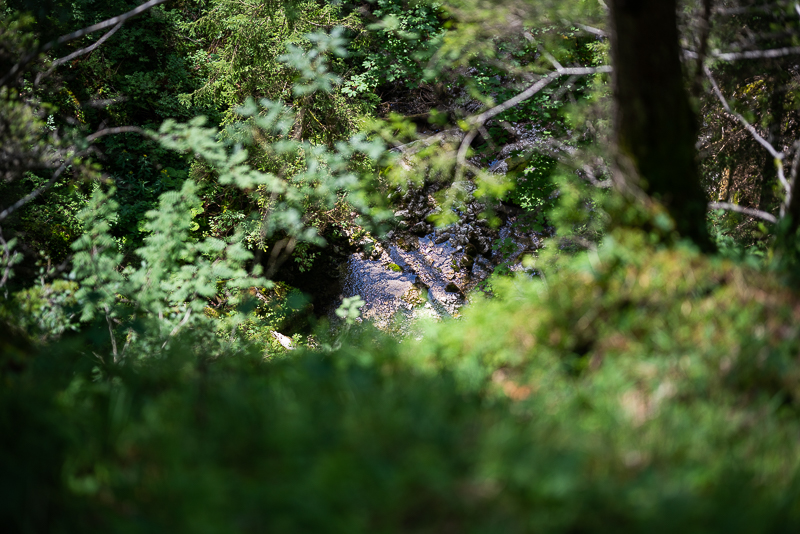
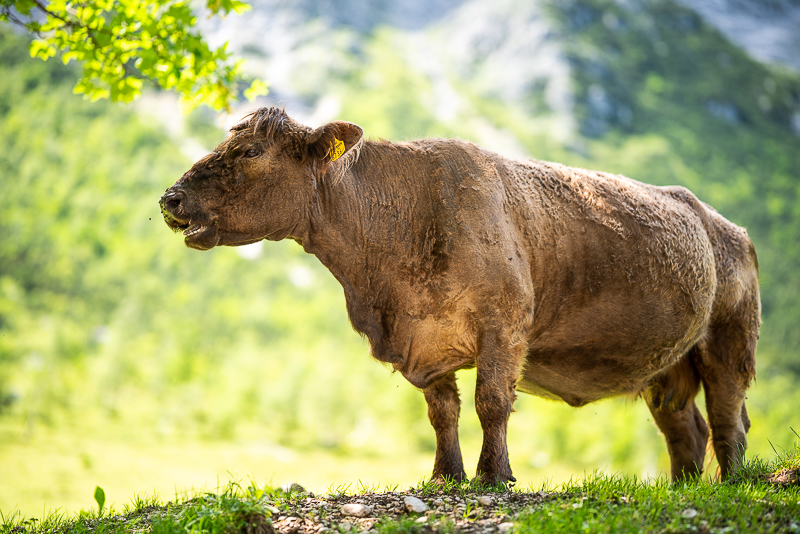
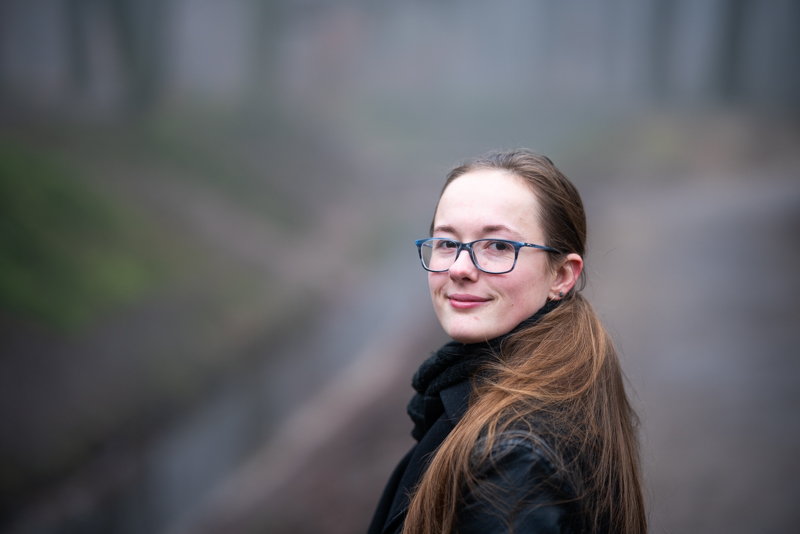
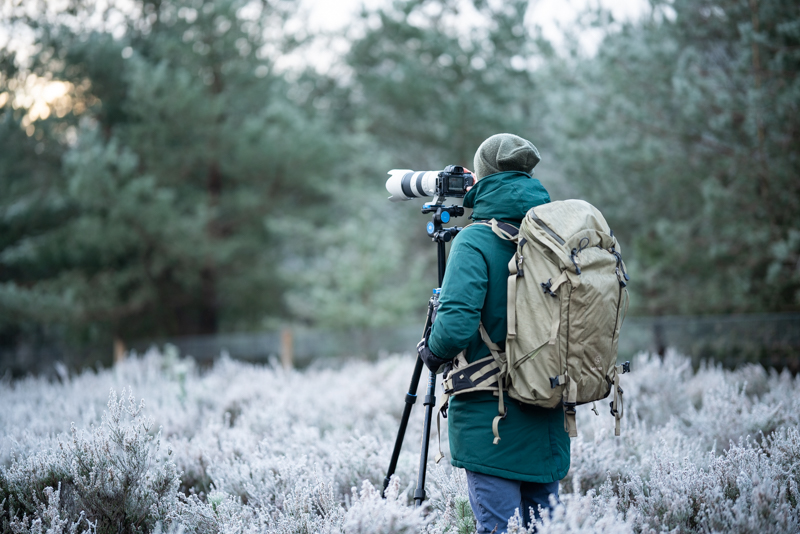
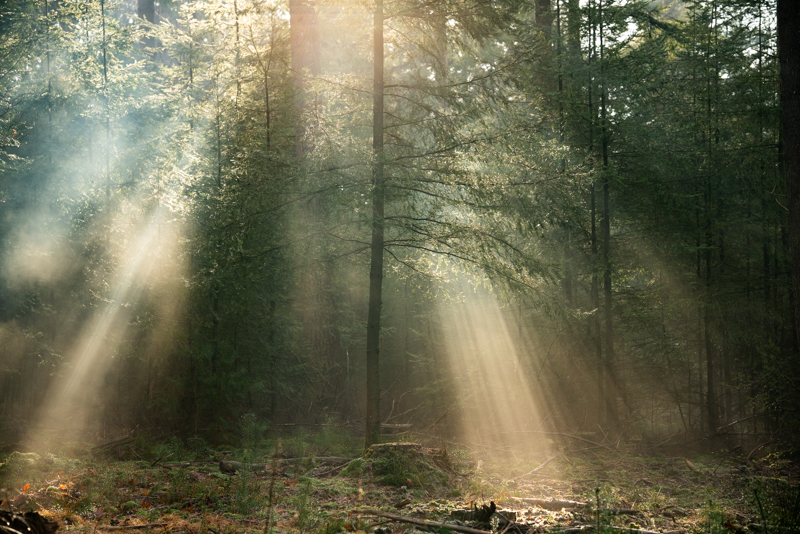

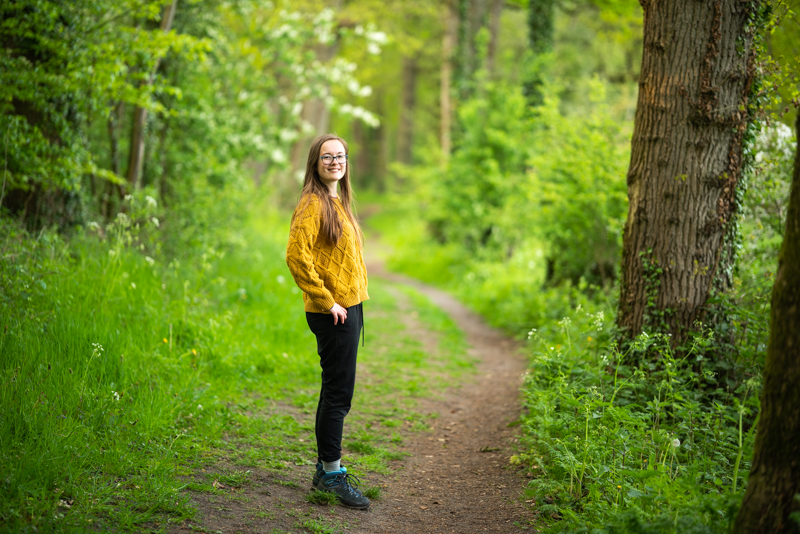

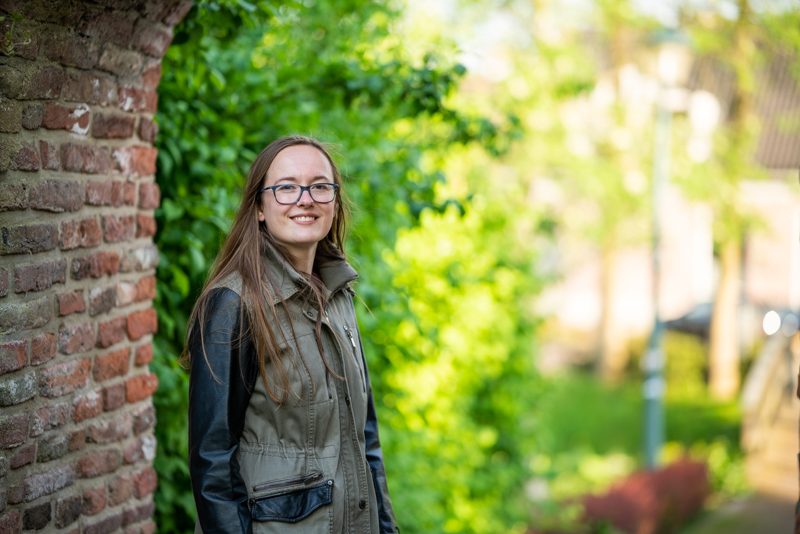
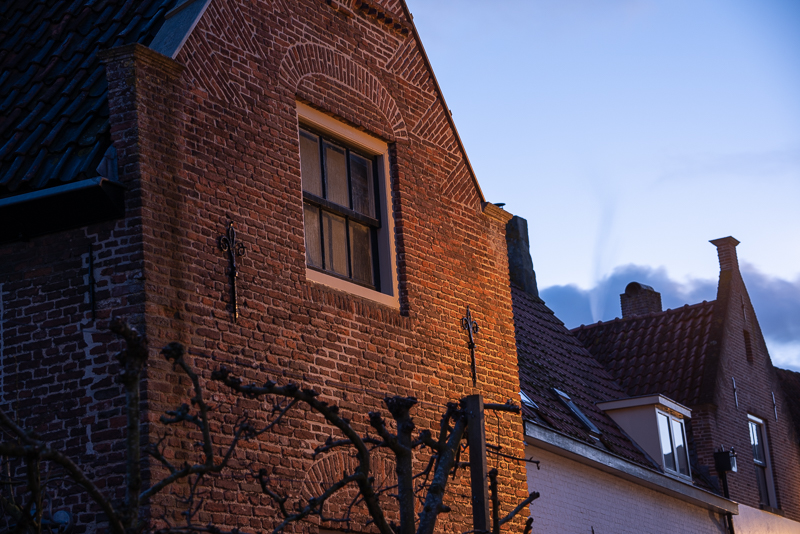
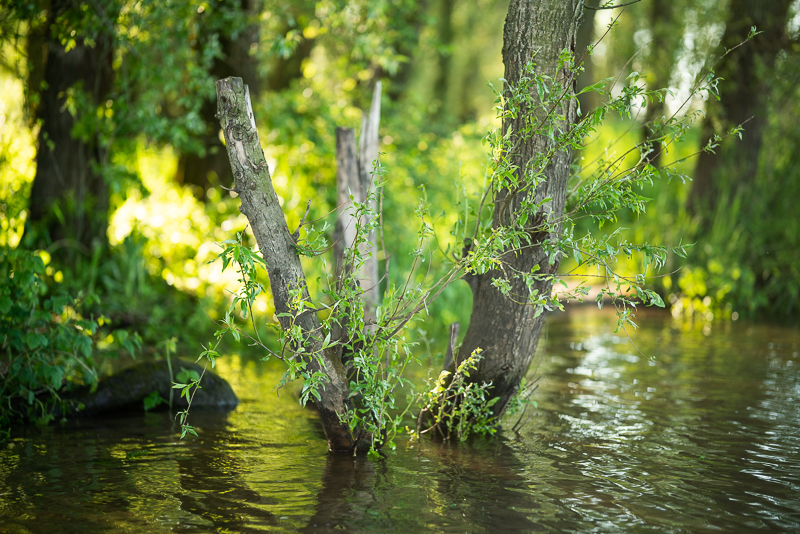
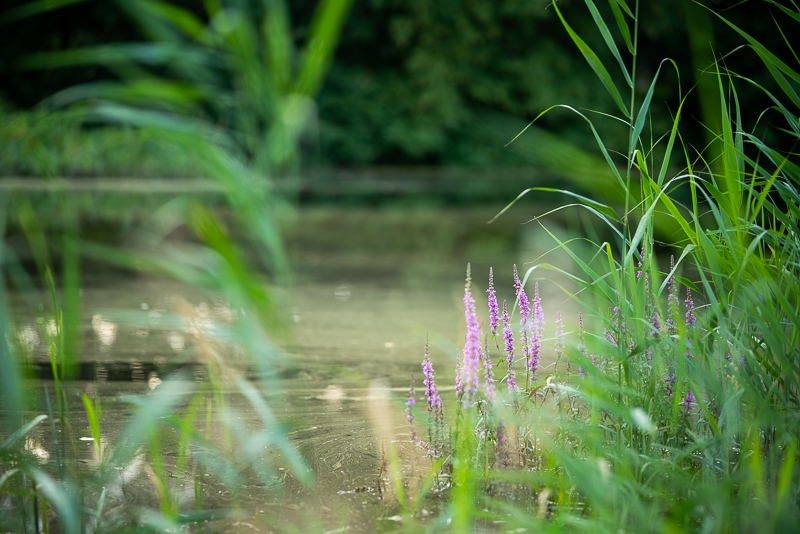
Further reading
- GUIDE TO THE BEST PORTRAIT LENSES – SONY A7 SERIES
- SONY FE LENSES: THE HONEST GUIDE FOR THE A7/A7II/A7III A7RII/A7RIII/A7RIV A7C A9
- BUILDING A LENS KIT
- REVIEW: CANON FD 85MM 1:1.2 S.S.C. ASPHERICAL
- SONY FE LIST
This site contains affiliate links. If you make a purchase using any of the links marked as affiliate links, I may receive a small commission at no additional cost to you. This helps support the creation of future content.
JuriaanM
Latest posts by JuriaanM (see all)
- Review: Sigma 85mm f/1.4 DG DN Art - January 8, 2022
- A beginners guide to landscape astro photography - March 11, 2021
- Canon newFD 50mm f/1.8: A review - January 4, 2021
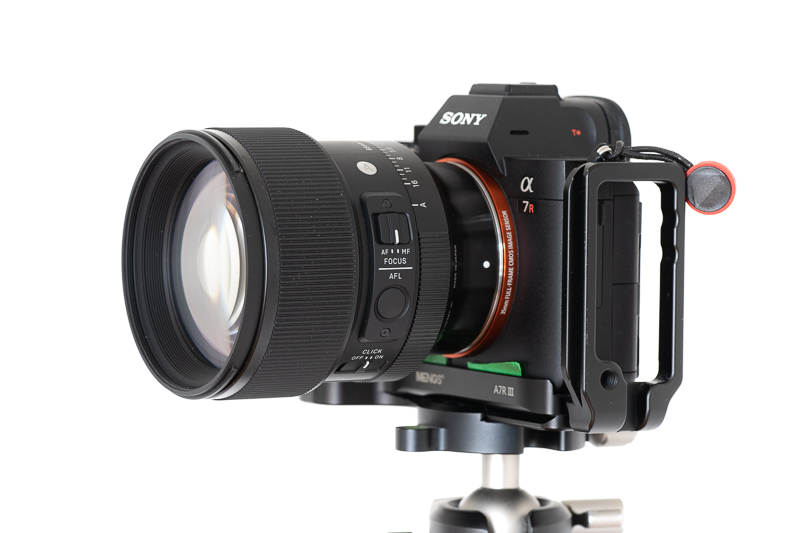
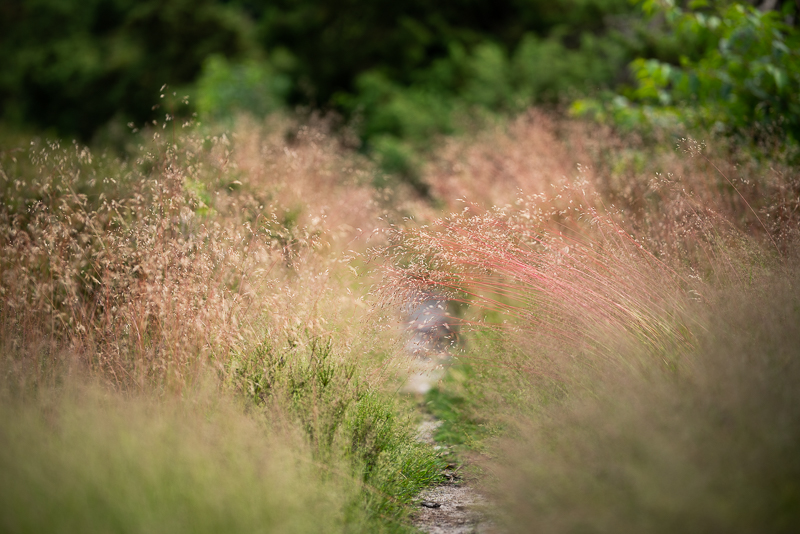
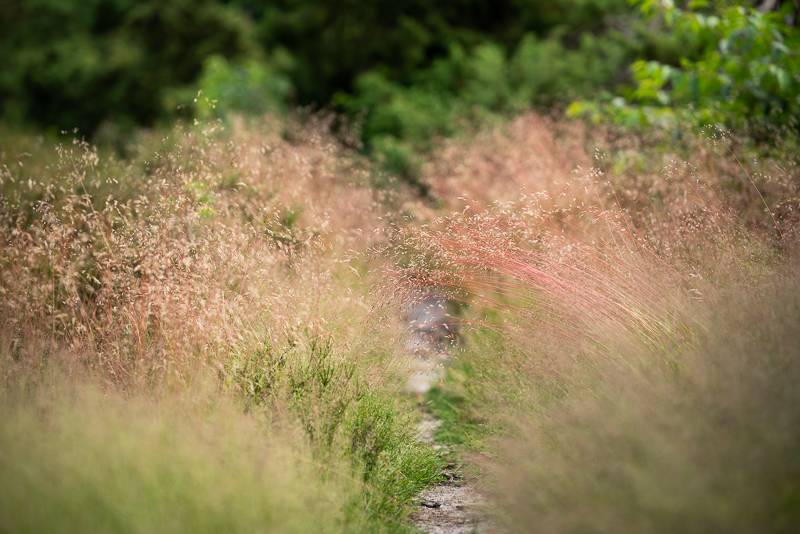


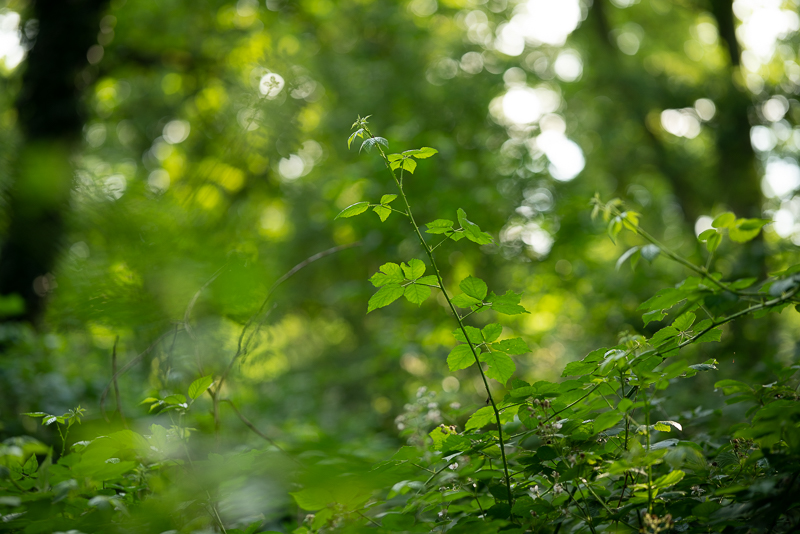
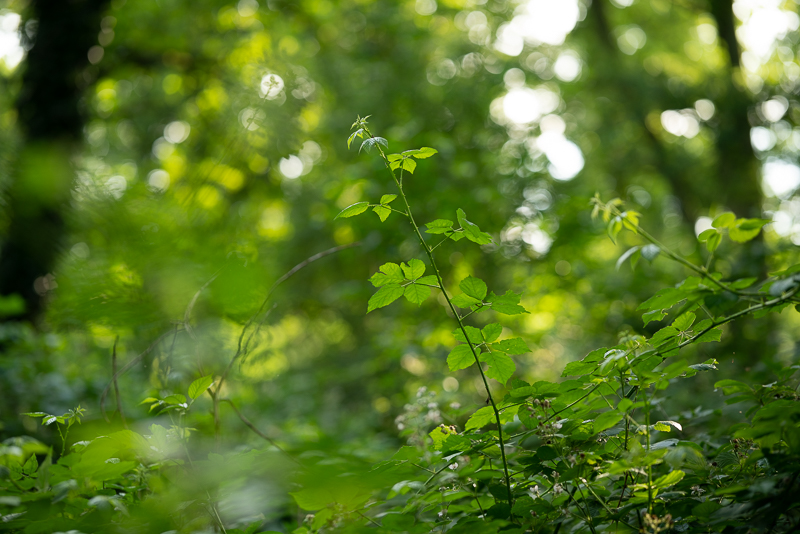

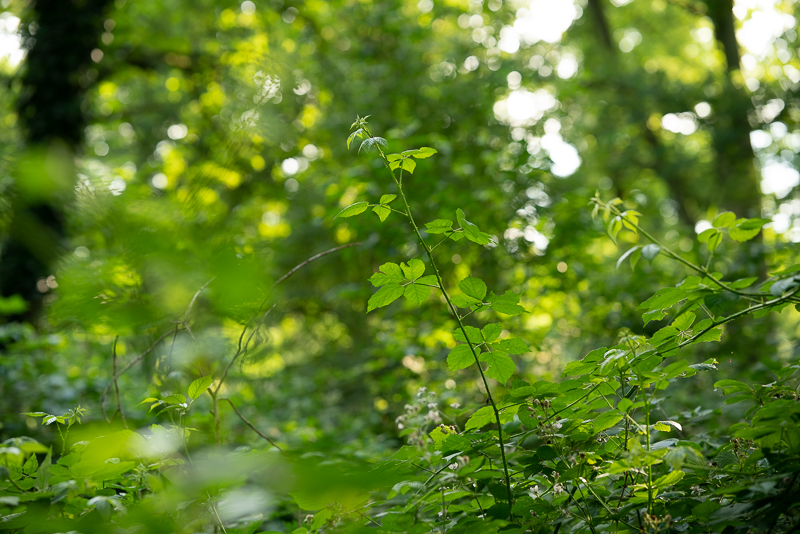


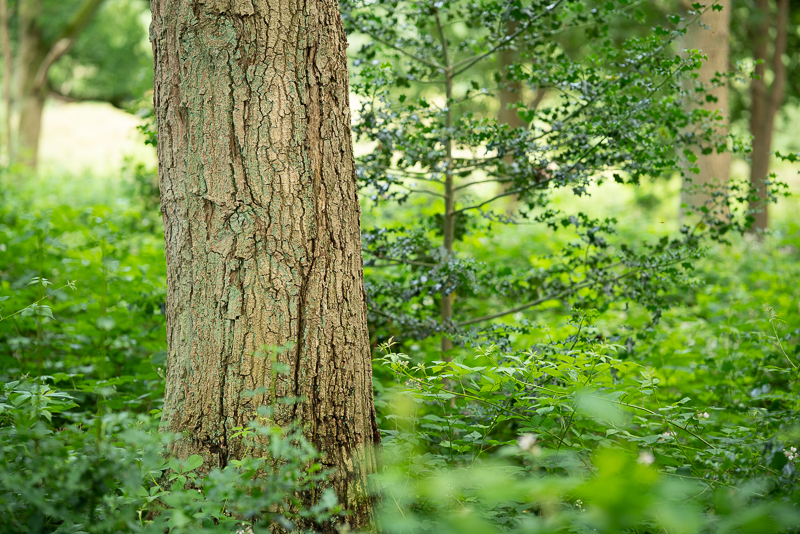



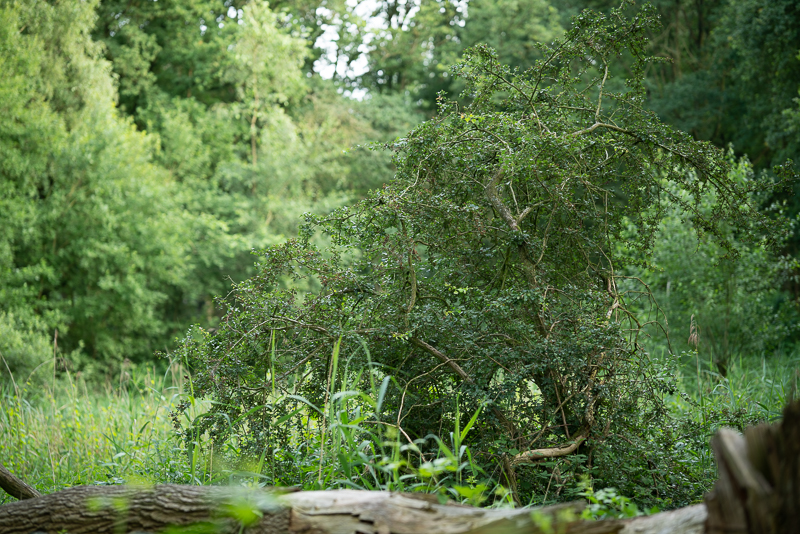



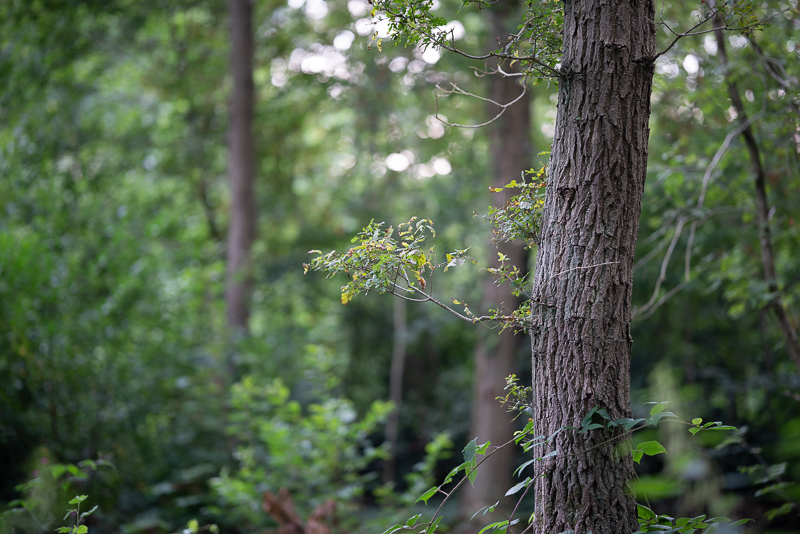


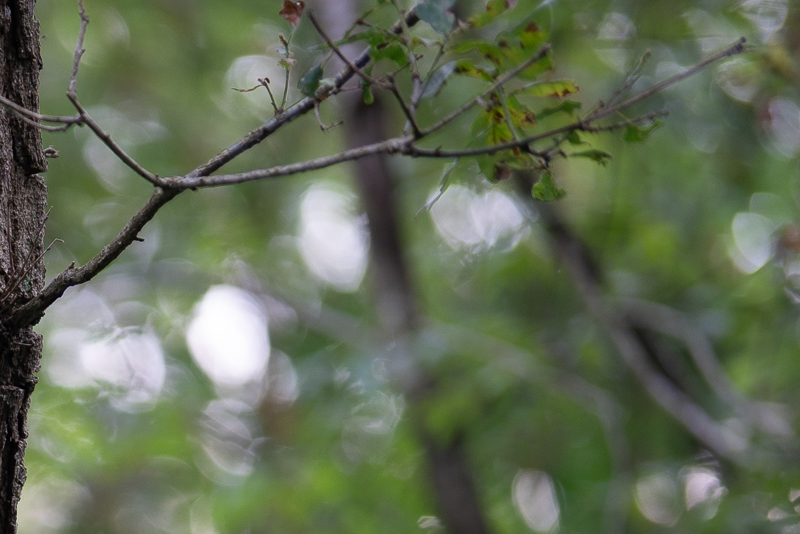



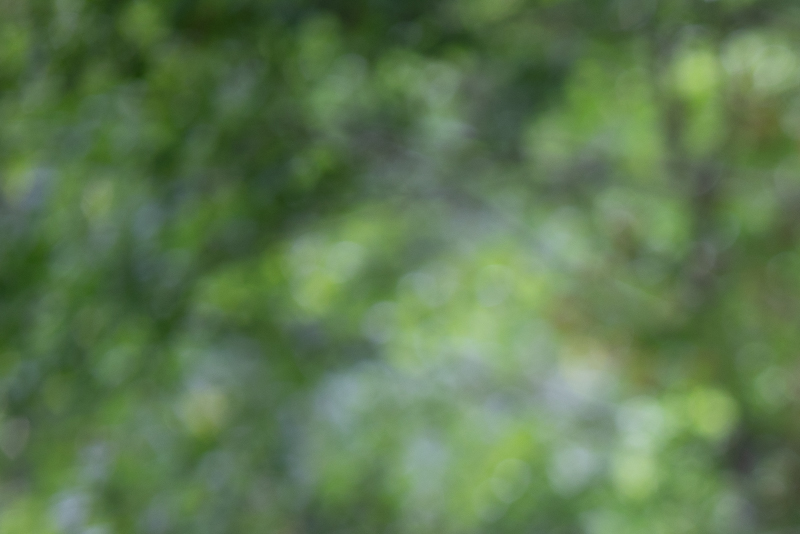

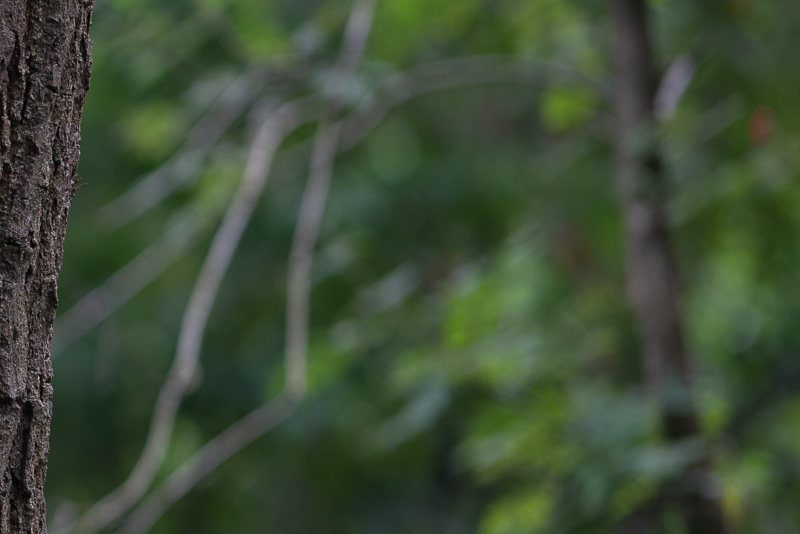


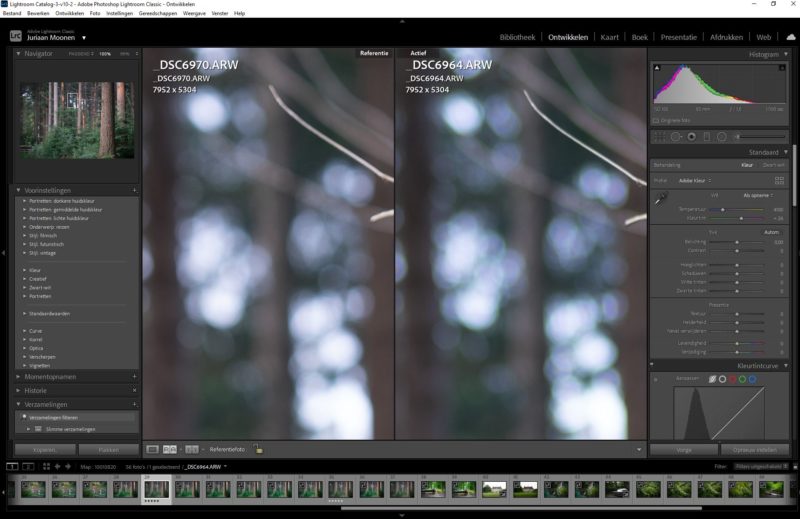


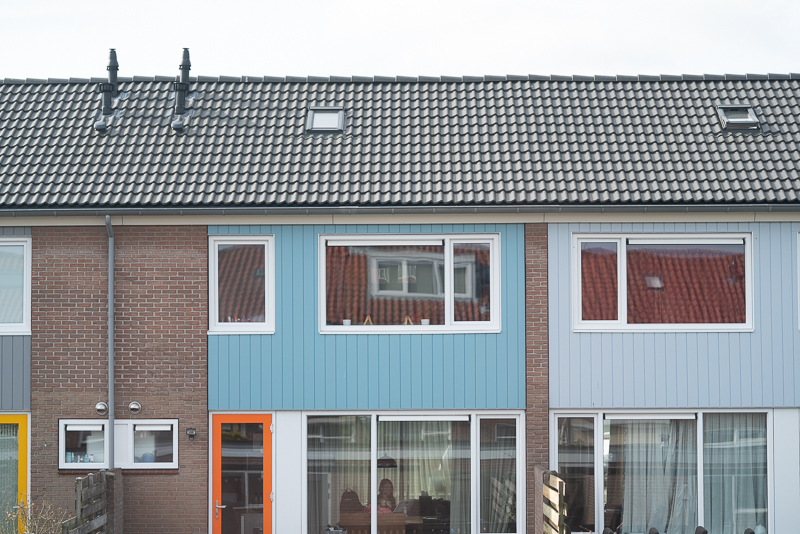

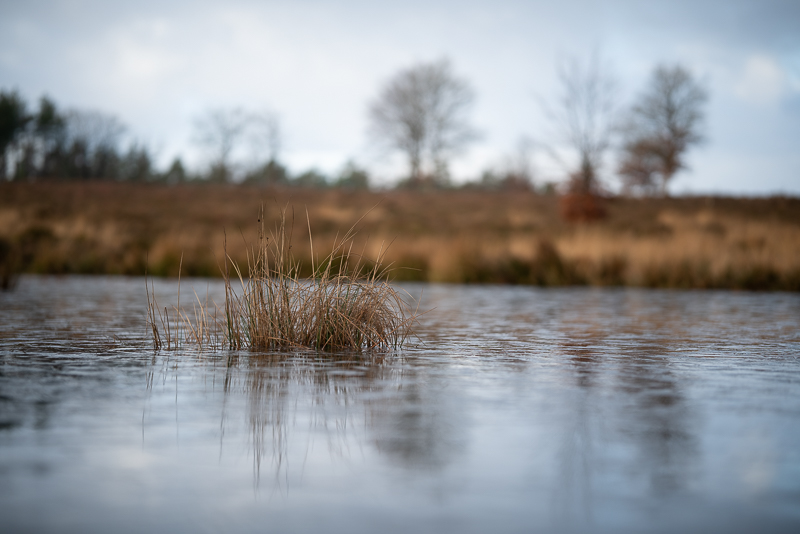
Great to see you come back with another review Juriaan. Excellent work and a nice perspective on an excellent lens. The punchy colors help sell the product very well.
You’re also still welcome to review my Sigma 24-70 if you’d like to. Just let me know.
Hi Jim,
Thank you! Currently my time is limited, so I need a lot of time to review a single lens :/
Indeed, it’s great to see another review of yours, as always a useful and pleasant read. The lens seems to be a pretty well-balanced piece of optics at what is now considered an average price. The only thing I dislike (besides distortion) is vignetting in the corners even stopped down, but that’s still very preferable to a larger size of the lens, also not a big deal in post.
I have tried out the Haoge 77mm square lens hood. It causes mechanic vignetting – it cuts top and bottom of highligt bokeh balls. Not acceptable. The 67mm version works with only a very slight amount of vignetting on 35/1.4 dg dn, there it is acceptable.
A generic chinese $2 77mm short metal lens hood seems to do the job. My hood was shiny inside, so I applied black felt tape to it. With an alternative hood the lens becomes more manageable.
I considered the Nikon AF/1.4 hood but it is quite large. AF Nikon 80-200/2.8 hood is smaller, but maybe it vignettes?
Anyways if you need a small hood one of those generic short metal hoods seem to do the job. I too really dislike the stock hood because of its size.
Thank you for sharing your experience with different hoods 🙂
The Nikon HN-31 hood also works…its a screw in hood. 42mm long and 95mm diameter at its widest end. Also 77mm filter size…its the hood meant for the Nikkor 85mm f1.4D
For those who want a short hood that is not as effective as longer hoods but more effective than no hood at all then consider the Sioti 77mm “standard\normal focus” hood which is only about 20mm long.
As far as I know, EFCS will cause horizontal chromatic dispersion in the picture at high shutter speeds (such as 1/4000 or even faster). I notice a similar situation in the sharpness chapter, I hope the author can test to confirm.
Hi Gorden,
The wide open sharpness pictures are taken with 1/6400 with EFCS. My camera is currently away for repair so I can’t test whether EFCS made a big difference here, I’ll do that once my camera comes back from repair.
Thanks for the review.
Your quote about comparing to Sony 85mm F1.4 GM.
“In terms of sharpness the two lenses are very equal.”
I don’t understand how you got into this conclusion. Sigma’s main optical advantage over Sony GM version, that it is MUCH sharper wide open. And main complaint to Sony GM version is that it is quite SOFT wide open (they say “it’s ok for portraits”). There are plenty of reviews and probably in each review you will see that Sony GM wide open is far behind in terms of sharpness. Sony should definitely produce 85mm F1.4 GM 2 to be able to compete with Sigma in terms of sharpness. The only 85mm lens that can compete for sharpness is Sony 85mm F1.8, but is it just F1.8 and have many disadvantages you already mentioned in your review.
I didn’t compare them directly, but I studied Bastian’s review and Jannik’s comparison with the FE 1.8/85 carefully.
Based on this I really can’t say that the Sigma is much sharper at infinity. Wide open at infinity it has a bit less glow than the 1.4/85 FE, but furthermore I don’t see much difference.
I tested it directly against the 1.8/85 which was very comparable as well. Jannik’s shootout showed only a little sharpness difference between the 1.4 and 1.8 85mm sony lenses: https://phillipreeve.net/blog/sony-fe-1-885-vs-sony-fe-1-485-gm-the-big-shootout/
Of course my sample might be a little less sharp in the corners, or Jannik and Bastian tested above average samples of the 85GM.
At short distances the sigma seems to be sharper indeed, based on comparisons with other reviews, I’ll add that.
Hi,
I’m currently the owner of the Sony 85mm 1.8. I’ve been taking a great deal of family photos over the last year due to becoming a father and I’ve been tempted to upgrade to the Sigma.
I did the same by upgrading my Sony 35mm 1.8 to the 35mm GM and I was very happy.
However, the Sony 85mm 1.8 reviews so well I’m unsure if I’ll see as much of a difference.
Could you share your thoughts and offer any advice to my dilemma?
I’m owner of this lens for already a year.
Advantages over any other 85mm F1.4 for Sony FE
1) sharpness wide open
2) weight, size
3) price for quality
Disadvantages
1) lens hood is huge. Often I prefer not to use it at all.
2) In some cases, when I use this lens for night time street photography, I would love to have less pincushion distortion. Lightroom profile helps, but it doesn’t correct it fully.
Great review. I just recently bought the Viltrox MkII and am very happy with it, except for the lens hood, which is a pain to attach.
I mainly use the lens for family portraits, at the moment, so I see no reason to switch. But the I like the design of the Sigma better, having a focus switch and an aperture control ring.
I have this lens on an a7Riv and the autofocus is fantastic; I shoot my (extremely) fast moving dog all the time. I had both this and the 85mm G Master at the same time, and chose to keep the Sigma because of the far superior AF. Worth getting your lens looked at in case there’s an issue?
Really nice sample images, Jurian. I enjoyed reading the review just for those.
I’m a bit of a lens nut and am always looking for ways to spend money :-). I have the 85 f/1.8 and have rented both the 85GM and 85 Sigma. Despite the color fringing, which seems not to be much of an issue with my copy, though I struggle, I cannot find a way to justify a new 85. Now, the rumor sites mention an up and coming Sony f/1.2 85GM…
I’ve long had the Sigma 85mm f/1.4 DG DN on my to-buy list, because back in film days I very much liked a 35 + 85mm lens pair, and nowadays, I already have the 35GM. (And a vintage 85mm).
But I haven’t yet pulled the trigger on the Sigma or any modern 85/90. Frankly, every single 85/90mm that I see falls down in one or more ways for my usage scenarios. I don’t actually need the f/1.4 max aperture, I’d be plenty satisfied with a lighter, smaller 85mm f/1.8-f/2 with outstanding performance, which should in most ways actually be easier for designers to achieve with an f/2 max aperture than at f/1.4 (let alone the rumored f/1.2 of a new Sony).
But the Sony 85mm f/1.8 reportedly has a lot of lateral CA at landscape apertures (among other issues). The Batis 85mm f/1.8 may be a bit better than the Sony f/1.8 but not enough to be worth its price premium, (especially when the Sigma 85mm f/1.4 DG DN costs about the same), plus it lacks an aperture ring and even basic on-lens controls (i.e. for AF-MF selection). The Sigma 90mm f/2.8 is nicely compact, but it does make some significant compromises in order to get down to its size (including only being f/2.8).
The rumored Sony 85mm f/1.2 has zero appeal to me, no matter how good it’s likely to be optically, because of its probable size and price. (I could probably buy BOTH the Sigma 85mm f/1.4 DG DN and the Sigma 90mm f/2.8 for less than what the Sony 85mm f/1.2 will undoubtedly cost).
I may eventually buy either the Sigma 85mm f/1.4 DG DN or the Sigma 90mm f/2.8 “i”. Or maybe the Sigma 105mm f/2.8 Art macro DG DN. But what I really want is a top-quality 85/90mm f/2 with AF.
Habe you looked at the Sigma 65mm f2? That’s another lens I’ve been pondering
“But what I really want is a top-quality 85/90mm f/2 with AF”
Leica Apo Summicron SL 90 … just saying 🙂 You can get a camera to use with it for 10% of the price of the lens… But I can confirm that it is indeed quite outstanding 🙂
Thanks for the review, highly informative as usual! I have eagerly waited for your expert opinion on this lens. 🙂
On the risk of comparing apples and oranges, what is your take about this lens compared to the GM 50/1.2? Except for the obvious difference in focal length, these lenses should produce a comparable amount of blur. I am looking for a fast standard to medium tele lens for general purposes including occasional portraits. Thanks!
Try to figure out if you want the viewing angle of a 50mm or an 85mm lens.
All the other differences are completely irrelevant compared to that one.
Glad this lens has finally been reviewed here! I tested it myself some months back and was since waiting for this blog’s opinion. My use case is specialized on milky way panoramas, and I had some problems with one-sided corner aberrations. More details in this forum thread: https://www.dpreview.com/forums/thread/4603510
You apparently tested it for MW panos too, so I wonder if you experienced any of the issues I have faced?
Hi,
I fear you may have a defective sample with a very slightly misalignment glass element.
I checked some of my f/1.4 samples and I could not detect a significant difference in coma between the four corners.
Hi,
Thanks for the quick feedback! Yeah, copy variation is what I also feared. In fact I had already returned the lens. Was just contemplating ever since if I should give it another try with a new copy. I also have the Sony FE 85mm 1.8, but apparently for this use case it has to be stopped down quite a lot and then it would still be optically inferior (apart from distortion/vignetting maybe). While I am more flexible with a tracker, I don’t want to stop down to slower than F2.0 for a 85mm, because shooting 20-30 panels @ anything slower than F2.0 will become a nightmare in terms of integration time.
You kept the astro section of your review rather short. May I ask you how you generally felt about MW pano performance? Your sample shot is at F1.8, is that stopped down enough for your needs or did you detect any significant gain stopping down further?
Beautiful pictures and a great review. I hired a sony 85 1.4 for a job and loved the images but the weight was not good. I might try hiring the sigma and see how it goes. Thank you for all your work in putting these reviews online
Hi Juriaan, fantastic review – thank you for which. After reading this and all the other reviews related to the 85mm (1.4 GM / 1.8 and this one) I still can’t decide which will be the optimal choice for me. I am an automotive photographer and while I will be using this lens primarily for stationary cars I may sometimes need to shoot them while passing/driving. What would be the best choice for me? Obviously the Sony 1.4 GM is out of the question with it’s granny AF but I can’t decide between the lower quality 85mm and the a bit more expensive (in my case) Sigma with slower AF.. Would be very happy if you could advise me about that 🙂
Hi Mika,
Thank you! I think I would go for the sigma 1.4/85. I sounds like you won’t shoot moving cars that often so I expect the increased subject isolation and better CA correction of the 1.4/85 to be more important 🙂
I understand. Well in general, yes, I don’t shoot moving cars that much and if it is then I use my Sigma 24-70 f2.8 (for rolling shots). Not to mention that I already have the Sigma 35mm f1.4 which is known to be a beast for AF so I can use that and crop if needed. Thanks a lot for the answer, appreciate it 🙂 Guess my savings are going to shrink down soon again ;( haha
Hi Juriaan,
thank you for that informative and well made review. I think that the revied Sigma 1,4/85mm sets a very high otical benchmark.
Nevertheless I decided to go for the Zeiss Otus 1,4/85mm. I know that it lacks autofocus, but with the Nikon mount, I can set the aperture and the focus fully manual. I am always afraid that the new focus by wire systems and the electric aperture movements are prone to electric faults. What happens if some spare parts aren`t produced any more and you are left alone with a lens that can`t be focused, or the aperture can`t be changed?
From what I have seen here the Zeiss Otus delivers similar outstanding results, but I`m quite sure I will be able to use it untill 2050 and maybe longer… 😉
Best regards,
Christian
It is indeed a concern I share with you and that also influences which (especially expensive) lenses I buy/keep.